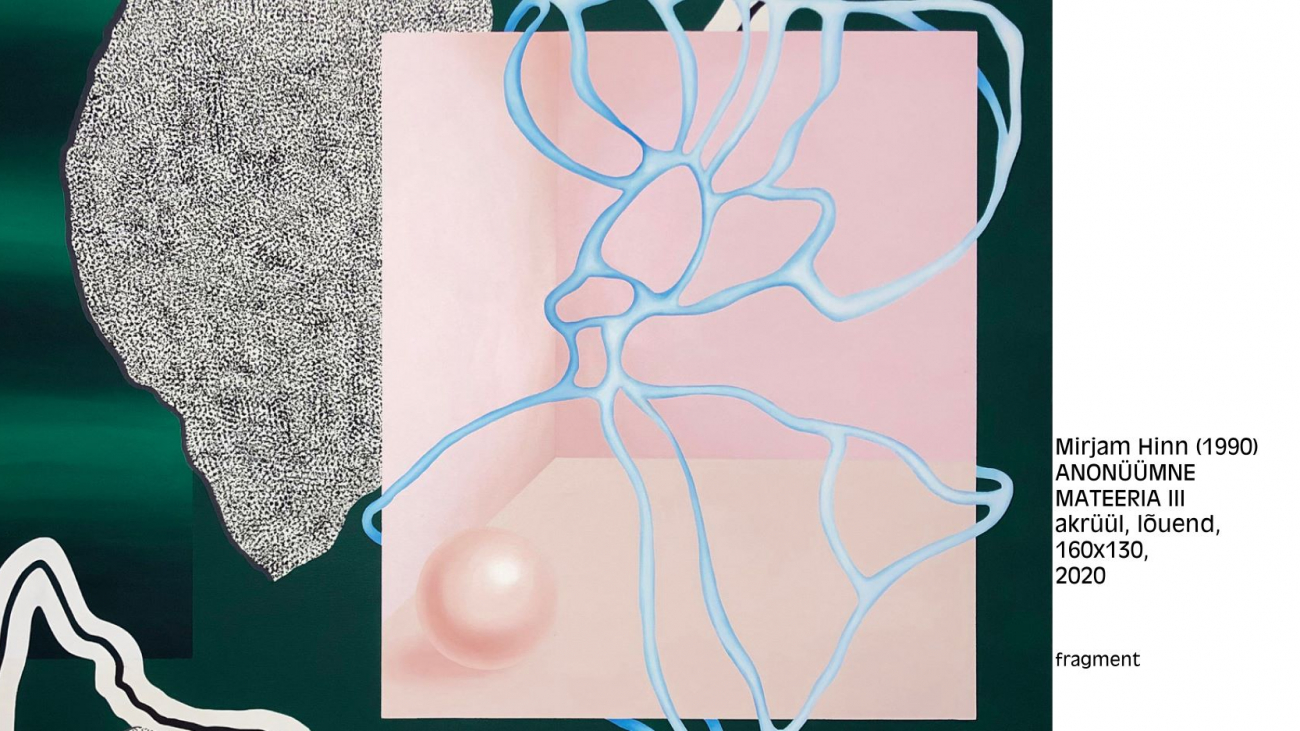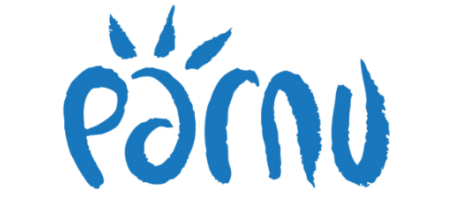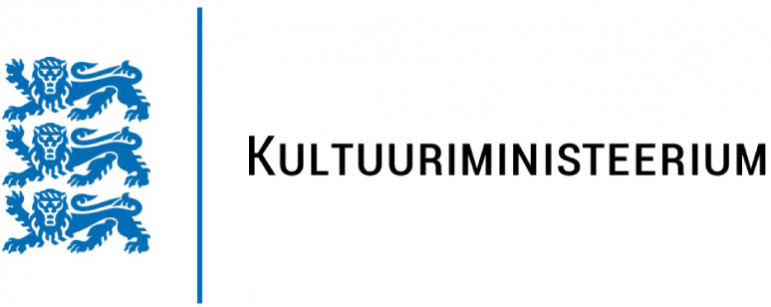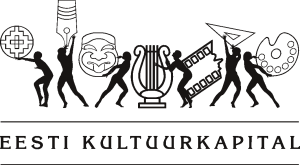20.02-30.05.2021
The annual exhibition “TEMPORARY SURFACE” of the Estonian Painters’ Union points out both the place of presentation of paintings and the changes/validity of author positions in a situation where our activities in physical space are limited due to pandemic and the resulting mental depression. “Temporary” is something that lasts for a short time. The word “surface” in Estonian has many nuances of meaning (substrate, bearing surface, sound surface, support surface, plane, surface, inner surface, an outer surface, image surface, etc., also the one on which something is based.
The Museum of New Art is located in the bank hall of the former building of SEB Bank, a new temporary space for the museum. However, the “temporary surface” is also a well-observed phenomenon in the creation of every painting, both from a buccalistic and semiotic point of view. Impressions and moods extracted from the surrounding reality and the psychic sphere (or inner space) are translated into two-dimensional surface images and color impressions in painting to revive a new, so-called real life for the viewers in the reception process.
The exhibition features nearly 90 artists, with the oldest performer in the exhibition, Jüri Arrak (1936), and the youngest, Tobias Oblikas (2003), their age difference is 67 years! Mati Kütt (1947), a recent winner of the Cultural Endowment’s Lifetime Achievement Award, has painted a metaphysical nothingness, “The Loneliness of Dust,” which most closely resembles the flocks of millions of grains of sand or the fields of invisible microorganisms.
Vano Allsalu’s (1967) “Minotaur” has been solved with the author’s characteristic references to myths and cultural history. As an excellent colorist, the abstraction is open to innumerable possibilities of interpretation. Karl-Kristjan Nagel’s (1977) seemingly realistic painting “Negreanu-Fullhouse” where a group of people is placed in the background of an “inappropriate” farmhouse (or vice versa) using the copy-paste method, mystifying the universal validity of visible reality as a criterion of truth.
Lock-down did not cause a noticeable baby boom in Estonia (like the former power outage in New York), but the sensual, pink-colored scenes “Adults only” on the border of Marko Mäetamme’s (1965) soft-porn talk about one way to spice up home life – Mäetamme four, est The contour-based work has the signs of positive doping in a situation where the total number of daily coronary deaths in Estonia is exceeding half a thousand.
The theme of the fragility of life is the content of Maarja Nõmmik’s (1991) painting “Life stuff.” The artist reminds us with a compelling metaphor that man is the shaker of the planet’s ecosystem and dangerous for most species – our self-image has, of course, been made sleeker by culture.
More embossing than ever before, in parallel with the preparation for this exhibition, the functioning of society as a whole, and the individual responsibility of everyone, has been a public topic of discussion. Nature doesn’t know better-organized work allocation and hierarchical subordination than the structure and functioning of large bee colonies – Liis Koger’s (1989) yellow-ocher abstraction, but very much in place.
As a whole, the annual exhibition of the professional association is comparable to a painting song festival or a gospel choir concert, where instead of choir singers, the performers are soloists, each with their message and timbre. In such a format, the exhibition organizers are almost always in the fork – due to the lack of space in the close exhibition, individual works enter into a forced or unforced dialogue with each other, as ever. However, the exhibitions have proved to be very diverse over the years – the zeitgeist acts as a force majeure.
Participants in the exhibition:
Mall Nukke, Marko Mäetamm, Mirjam Hinn, Ove Büttner, Jaan Elken, Mauri Gross, Veiko Klemmer, Tiiu Pallo-Vaik, Jüri Arrak, Vano Allsalu, Anniki Kari, Tobias Oblikas, Herlet Elvisto, Priit Vaher, QBA (Martin Kaares), Andrus Rõuk, Anna Kõuhkna, Kuzja Zverev, Margus Meinart, Karin Strohm, Liis Koger, Andro Kööp, Lilian Mosolainen, Andres Koort, Ulvi Oro, Margus Tiitsmaa, Per William Petersen, Anu Muiste, Urve Küttner, Piret Rohusaar, Kaur Mäepalu, Eero Ijavoinen, Stanislav Antipov, Anatoli Umerenkov, Mall Paris, Maarja Nõmmik, Rait Rosin, Philiph Arvo Luik, Lola Tehver, Sirje Petersen, Karl-Erik Talvet, Marju Must, Martin Urb, Leekpea, Santa Zukker, Sirje Piir, Vitali Makar (Macari), Ashot Jegikjan, Silver Laadi, Mati Kütt, Kalli Kalde, Kristiina Kaasik, Einar Vene, Maret Suurmets Kuura, Katrina Kolk, Tiina Tammetalu, Tiina Ojaste, Irma Viidalepp, Enn Tegova, Lii Pähkel, Vilen Künnapu, Mari Roosvalt, Uno Roosvalt, Kristiina Jakimenko, Liivia Leškin, Cristelll, Eve Kruuse, Silvi Lepparu, Ly Kaalma, Siiri Jüris, Margus Tõnnov, Peeter Must, Ivika Luisk, Heli Tuksam, Tiiu Rebane, Karl Kristjan Nagel, Eva Jänes, August Künnapu, Ivi Arrak, Edgar Tedresaar, Ilmar Kruusamäe, Anne Moggom, Helle Lõhmus, Piret Kullerkupp, Jane Tiidelepp, Erki Kasemets, Anne-Mai Heimola, Maire Koll, Tiiu Lausmaa, Riin Pallon, Pille Ernesaks, Ene Luik-Mudist.
Jaan Elken (curatorial text and design), Tiiu Rebane, Marie Virta (UKM), Linda Elken.
Supported by: Pärnu Linnavalitsus, Eesti Kultuurkapital
Museum of New Art
Rüütli str. 40a, Pärnu
open daily 11.00-18.00
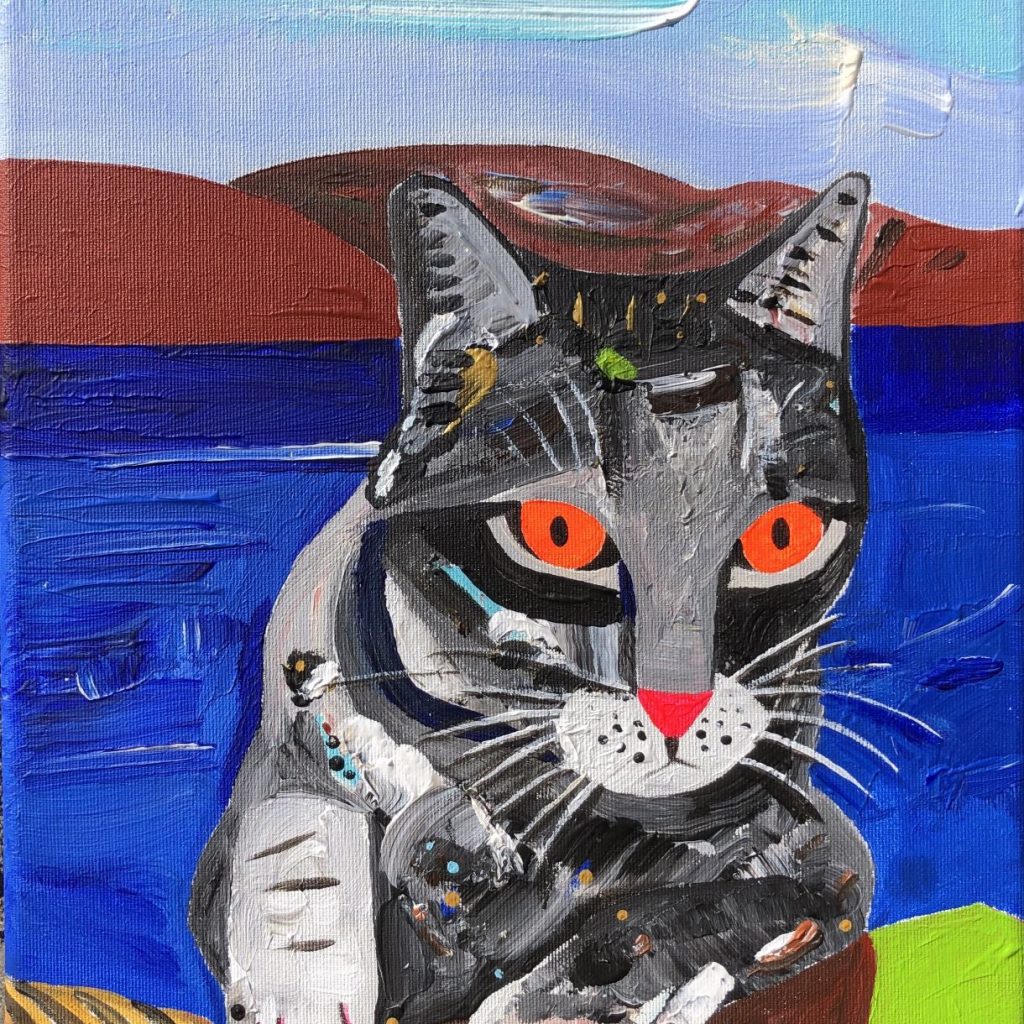
August Künnapu
KALAMEES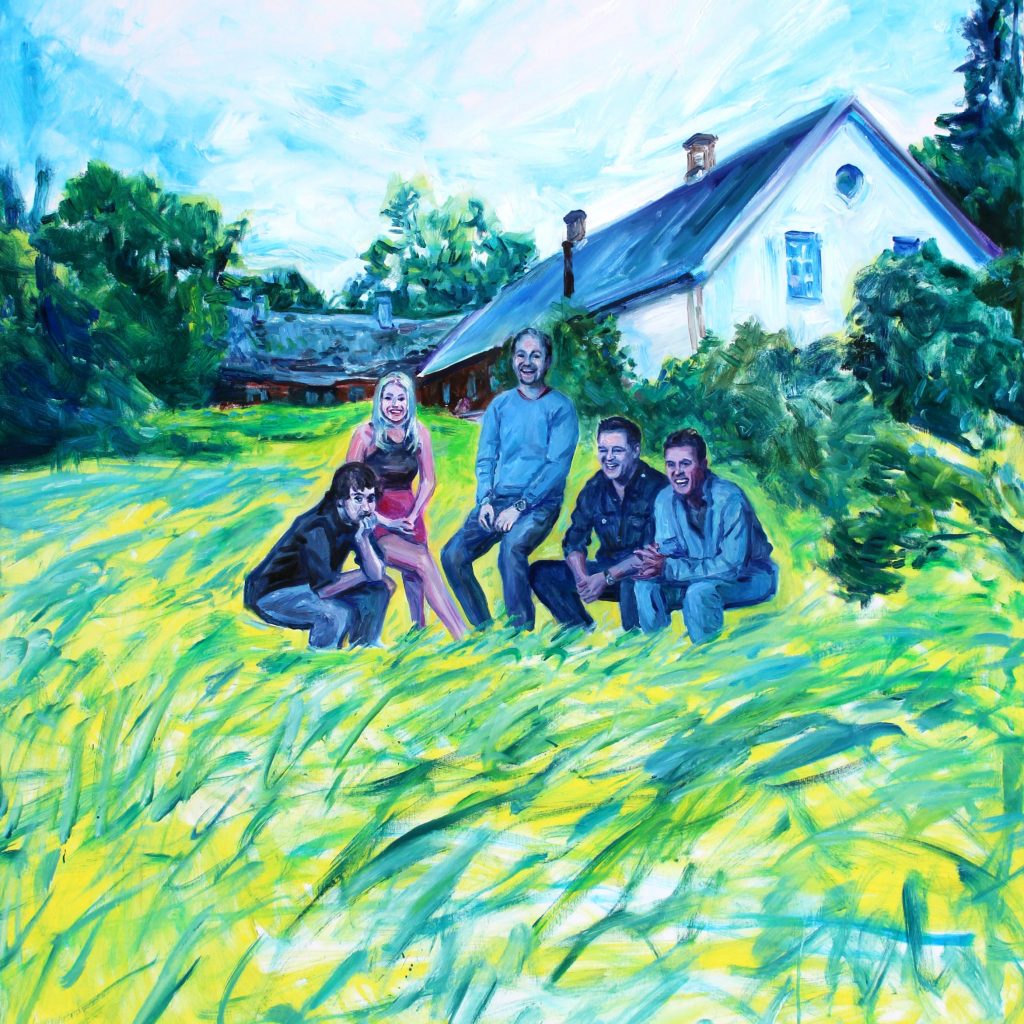
>
Karl-Kristjan Nagel (1977)
“Negreanu – täismaja”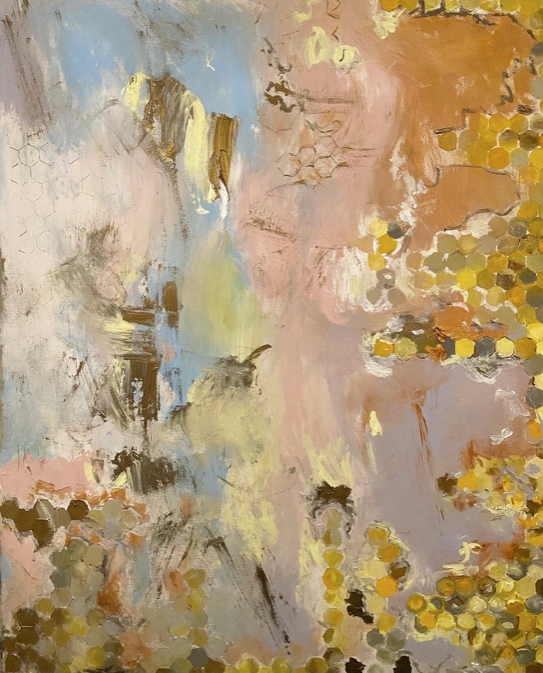
Liis Koger “Looking out” 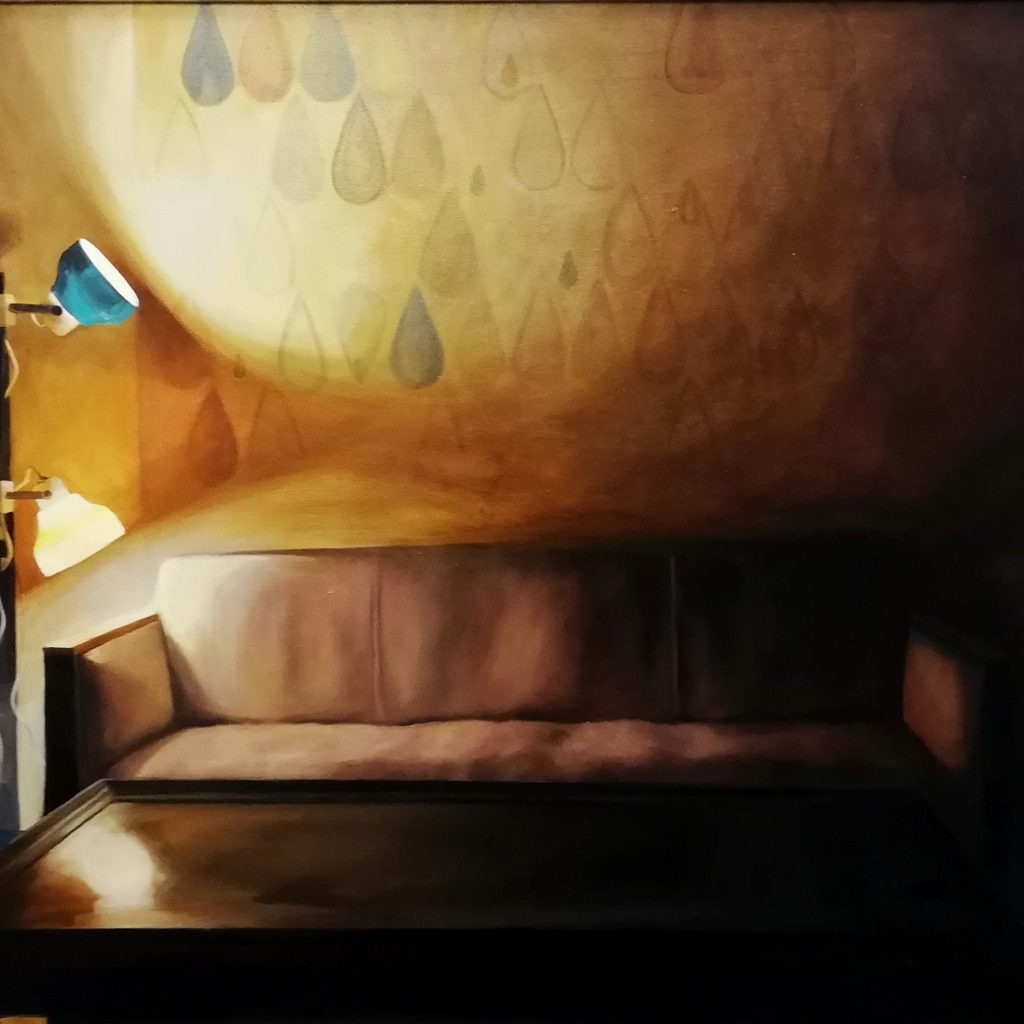
Martin Urb (1981)
“Vana diivan”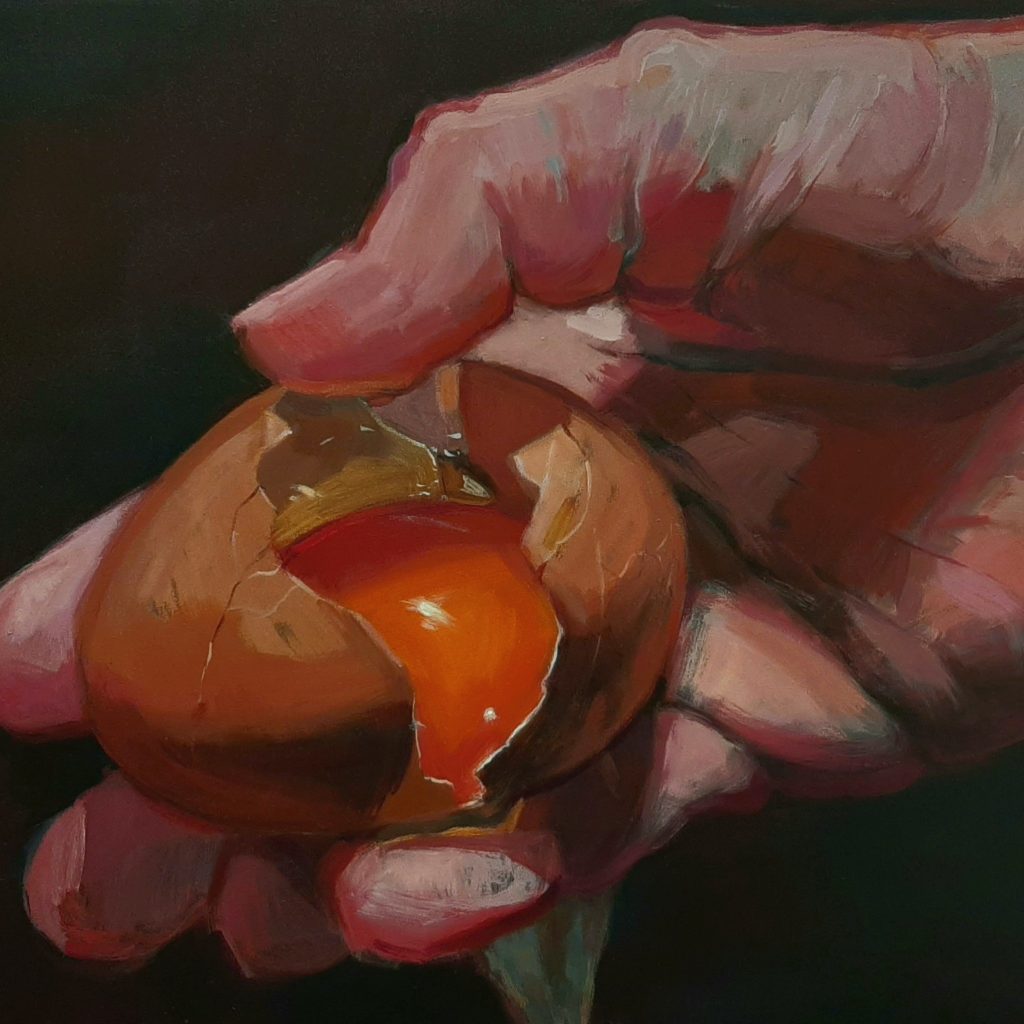
Maarja Nõmmik (1991)
„Eluvärk“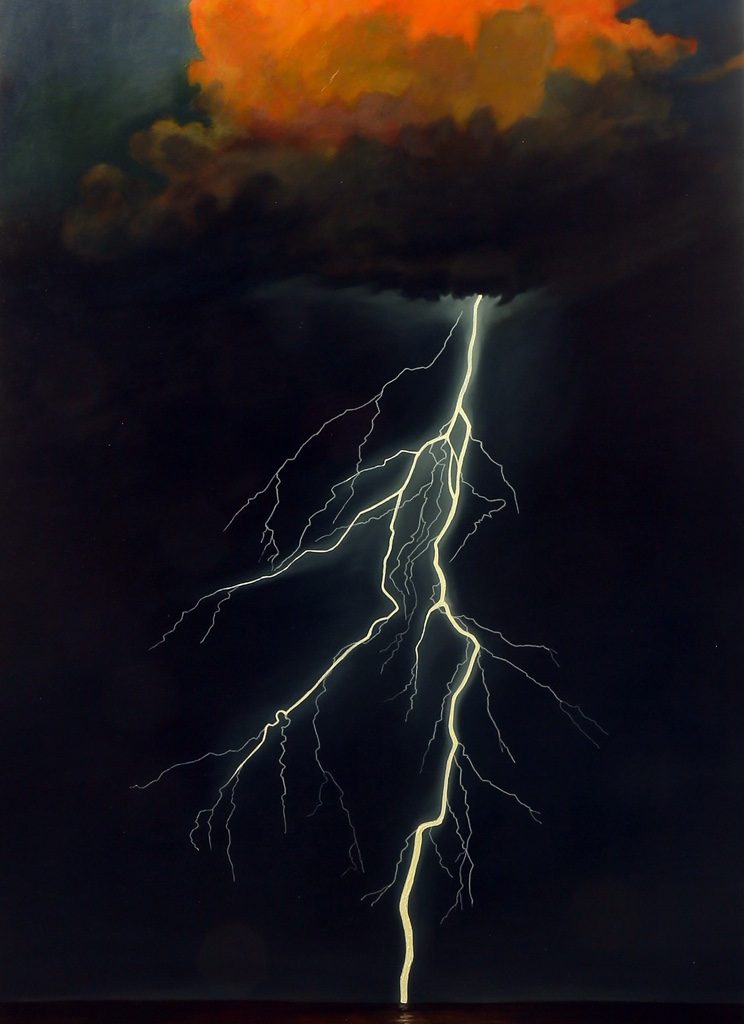
Mall Nukke (1964)
“KONTAKT”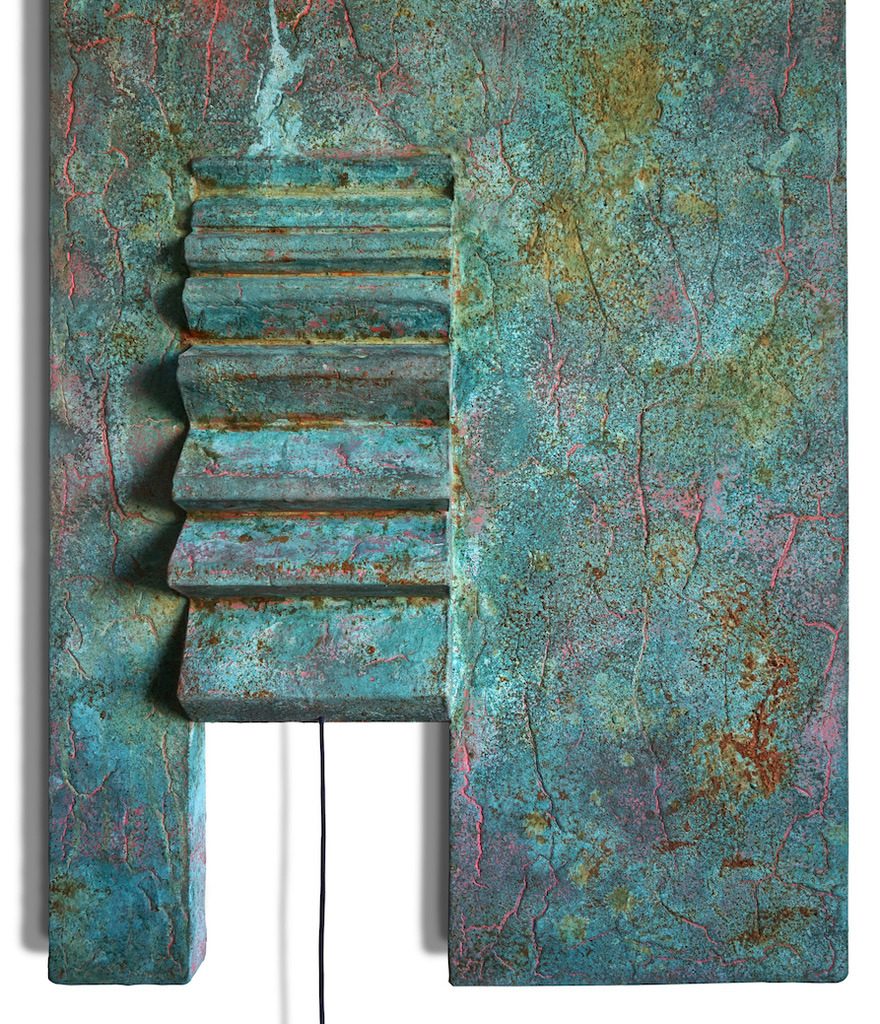
Per William Petersen (1955 )
Kardin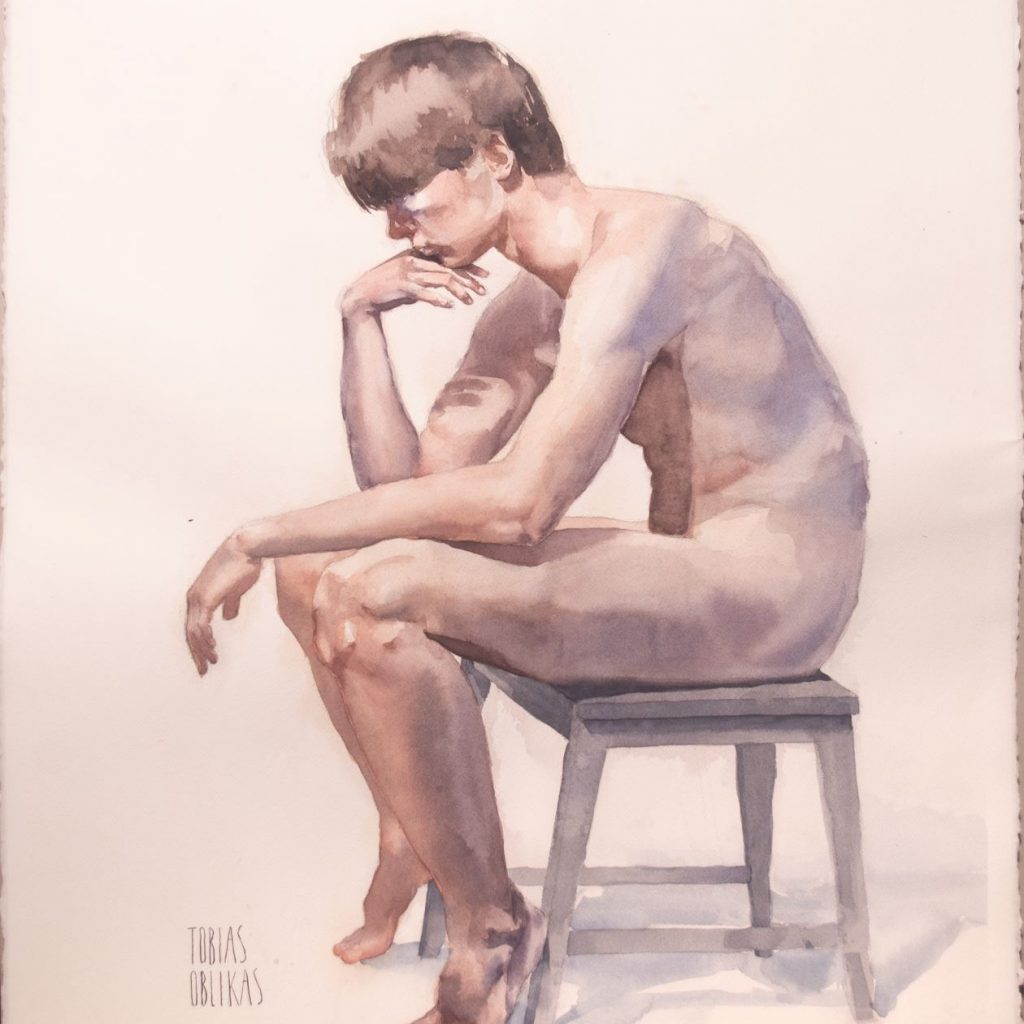
Tobias Oblikas (2003)
“Mõtleja”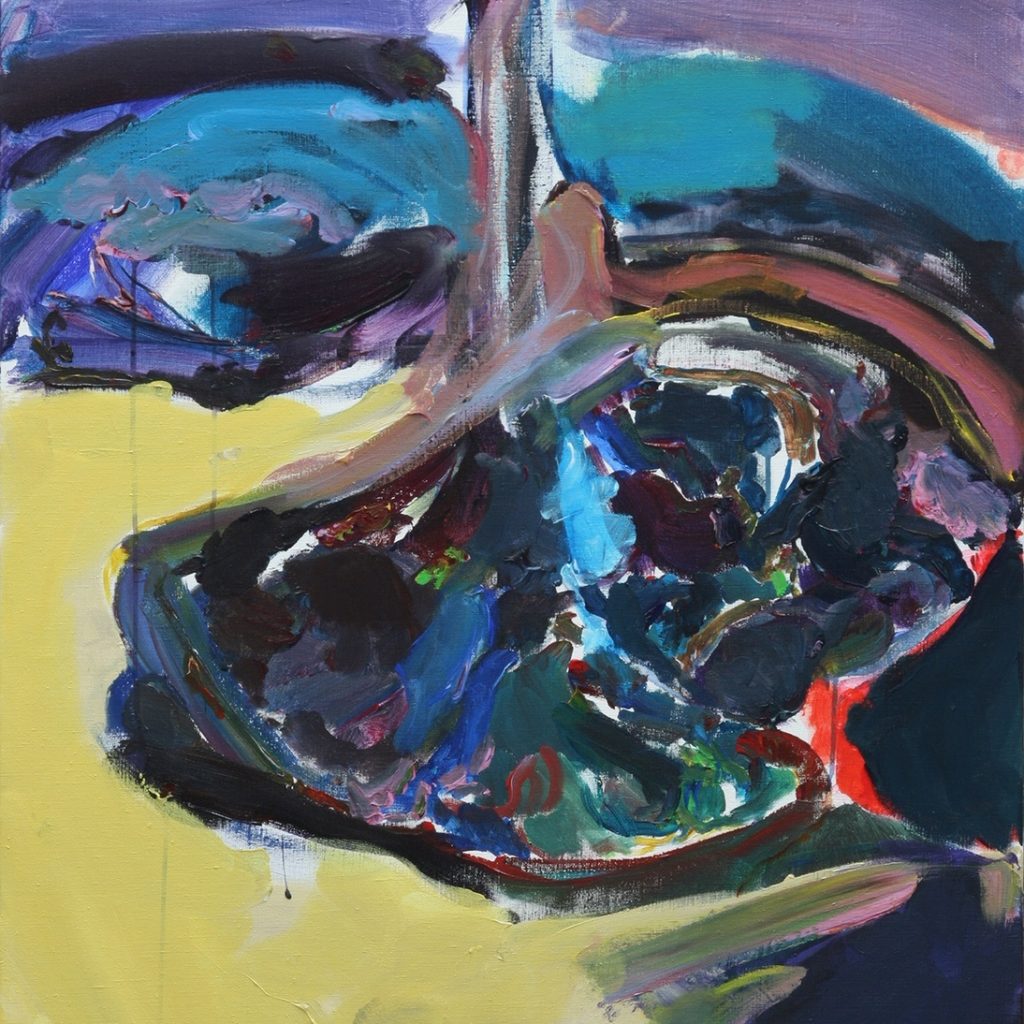
Vano Allsalu (1967)
Minotauros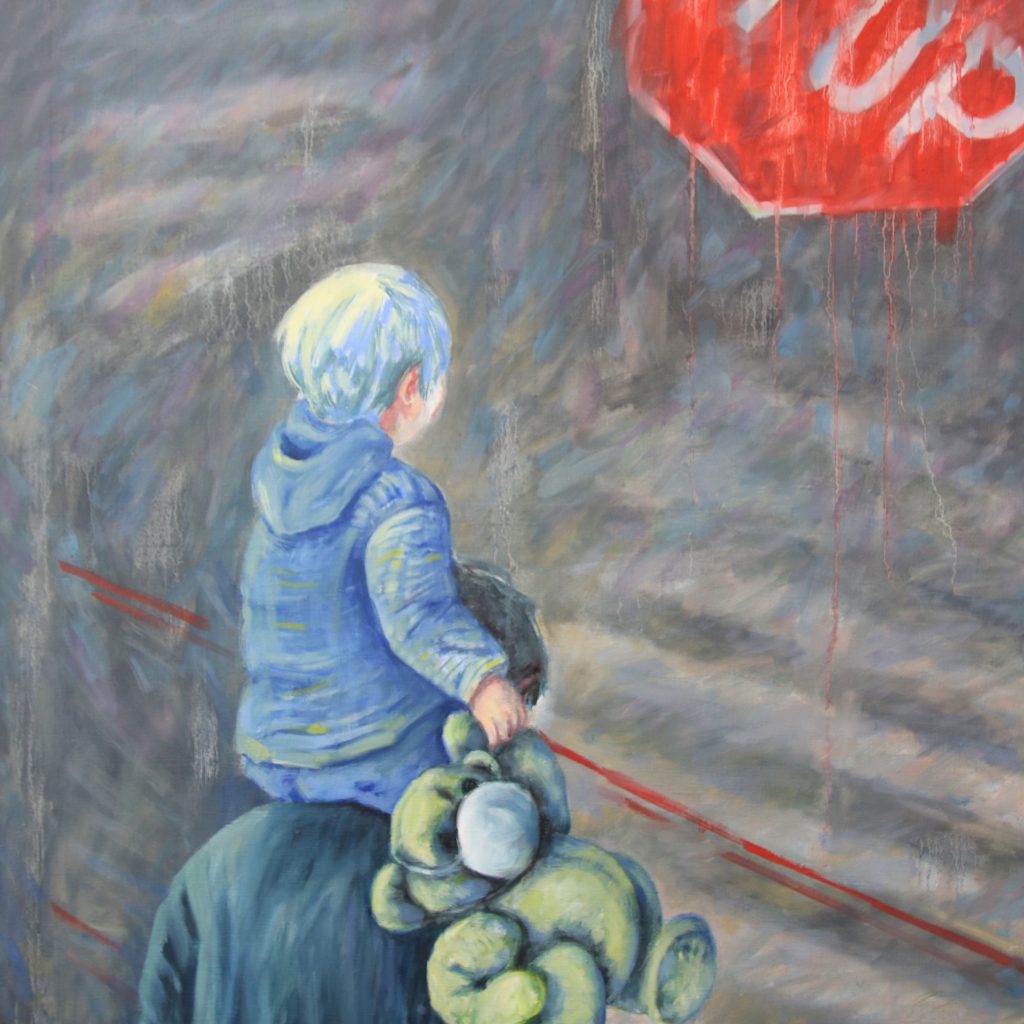
Anne Moggom (1957)
SEISU KOHT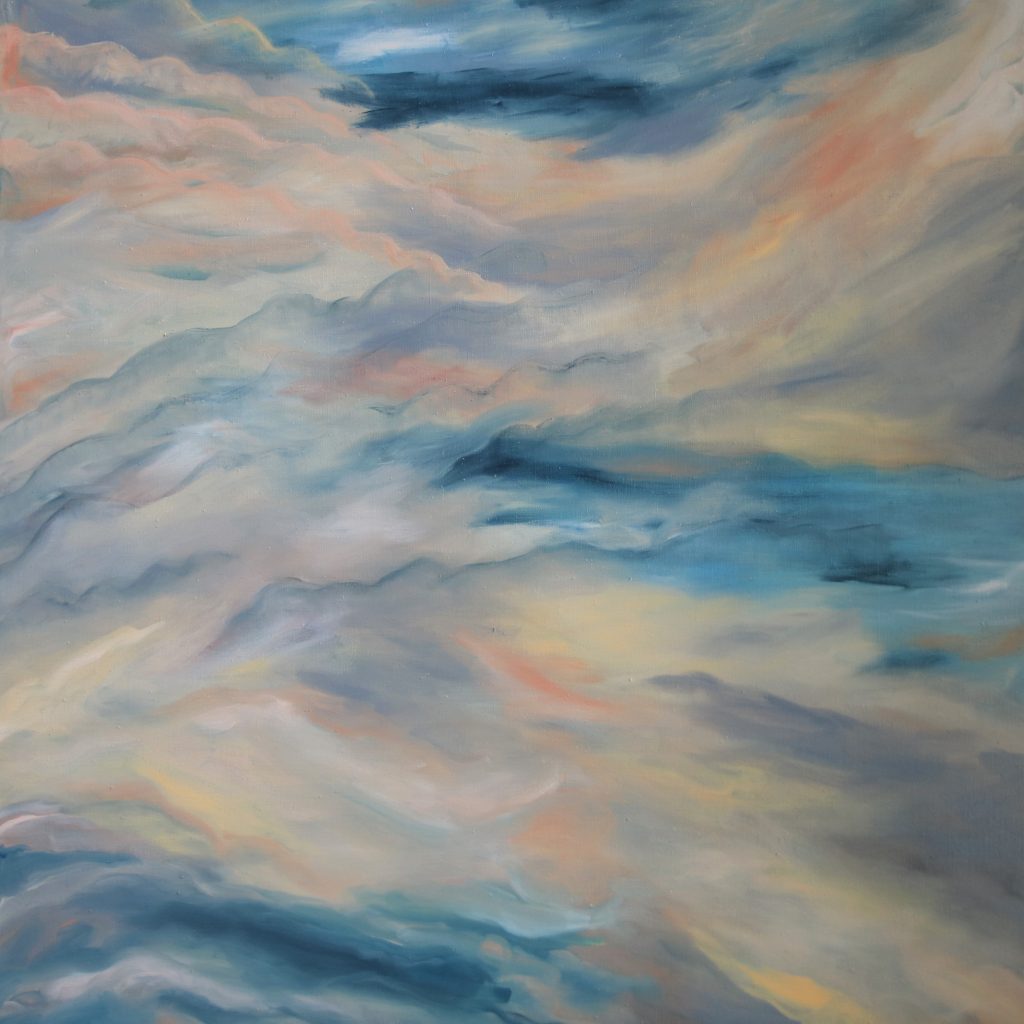
Riin Pallon (1978)
MA LUBAN SUL UNISTADA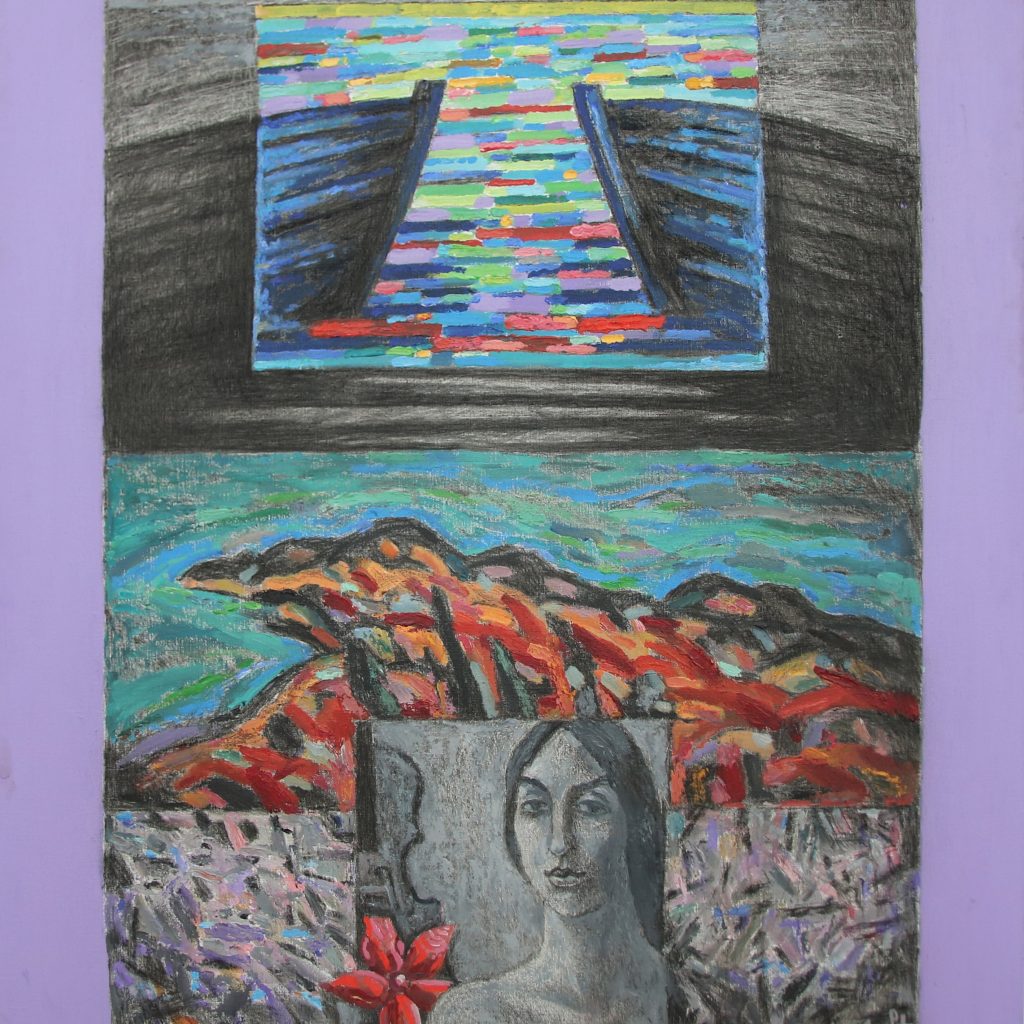
Uno Roosvalt (1941)
MOTIIVID JA MÕTTED III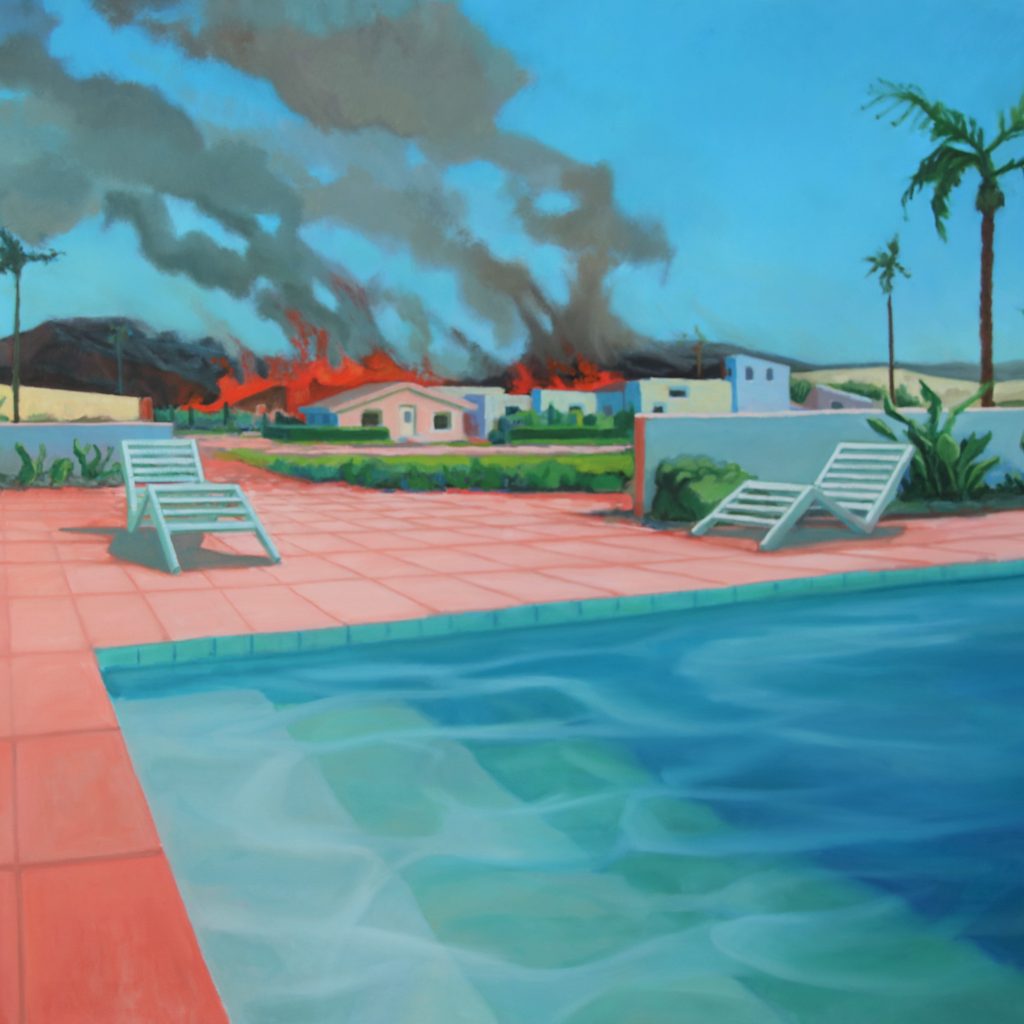
Veiko Klemmer (1985)
PÜHAPÄEV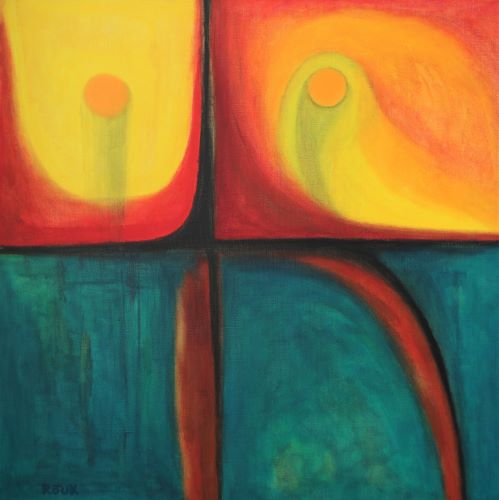
Andrus Rõuk (1957)
TAMULA TANGO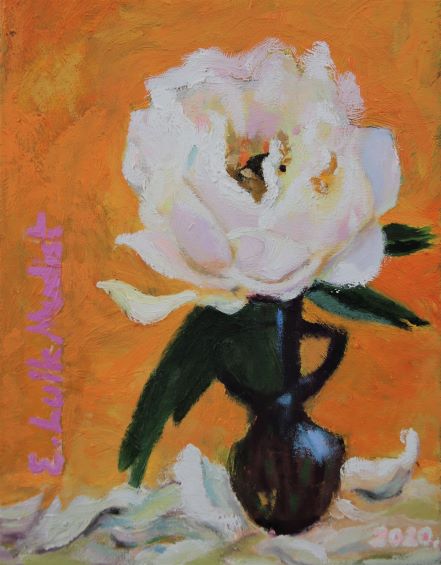
Ene Luik-Mudist (1959)
TA LANGETAB LEHTI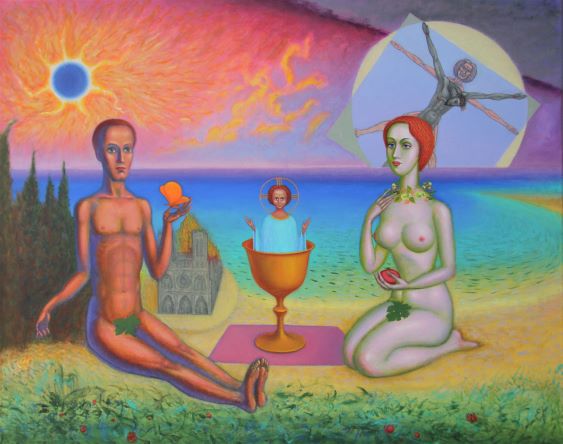
Einar Vene (1952)
AADAM JA EVA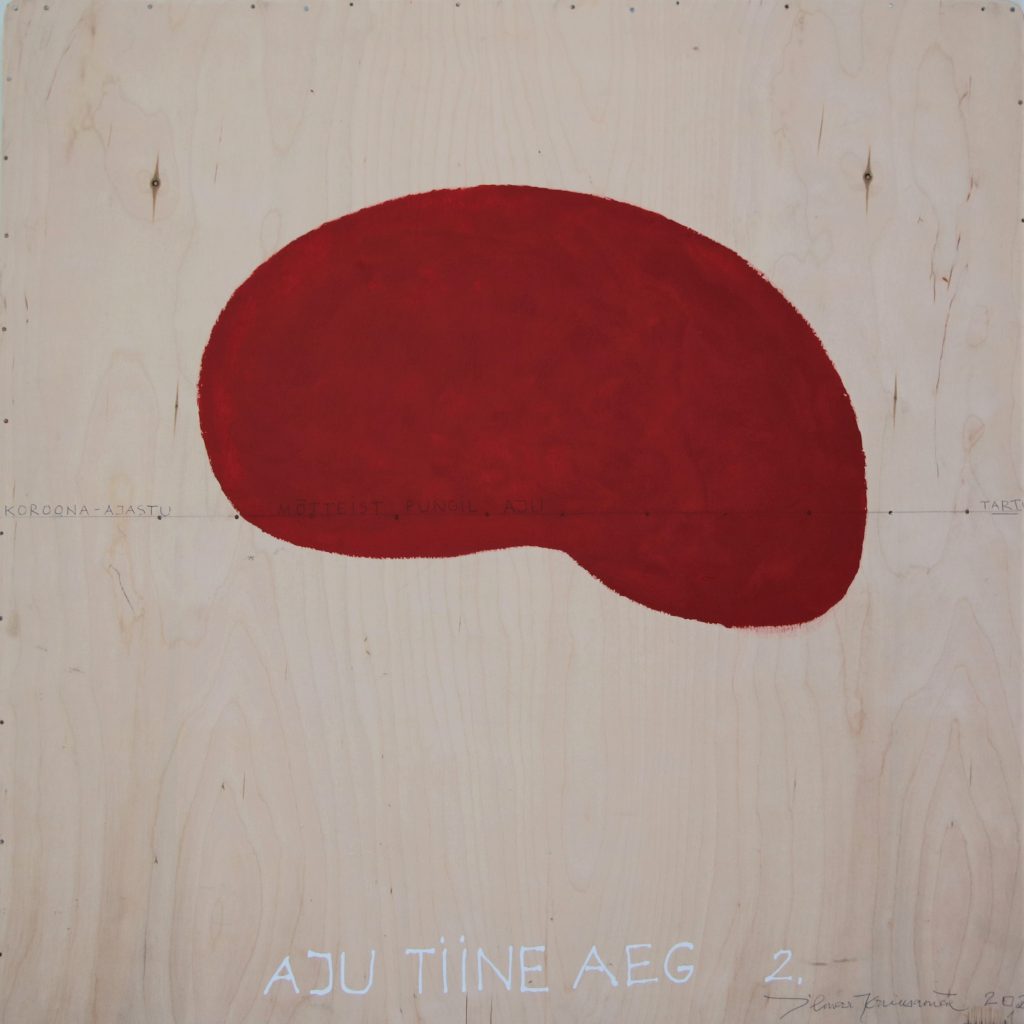
Ilmar Kruusamäe(1957)
AJU TIINE AEG,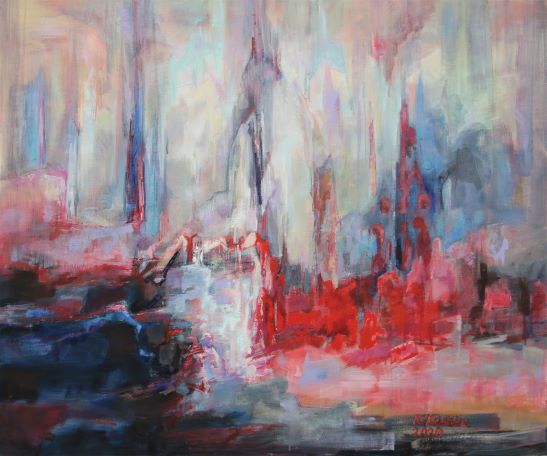
Kristiina Kaasik (1943)
PRO ET CONTRA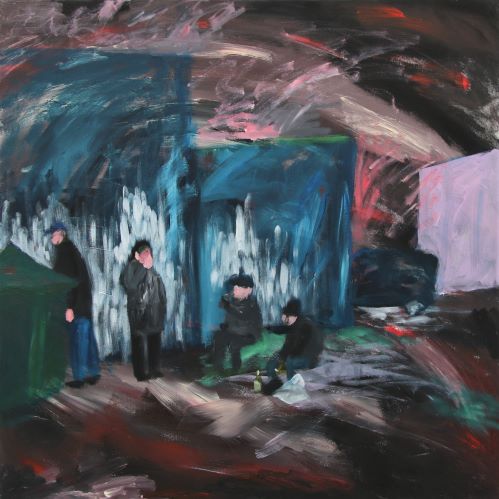
Kristiina Jakimenko (1991)
MIDA ON NEIL SELLIST, MIDA MEIL
POLE?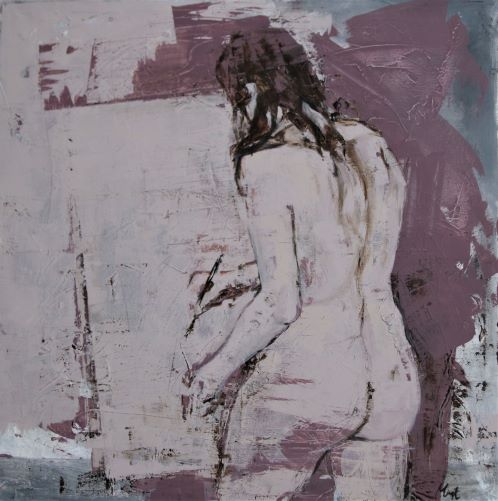
Marju Must (1987)
PALJASTATUD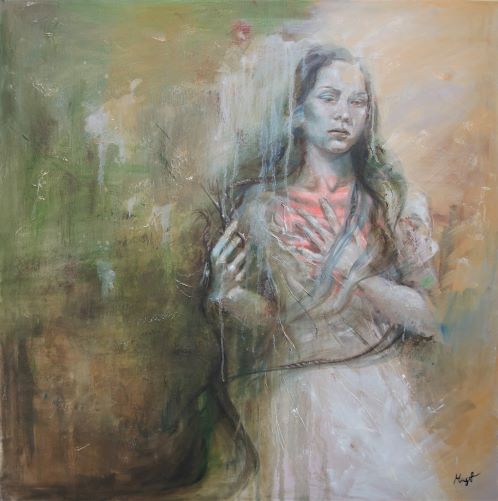
Marju Must (1987)
VABANEMINE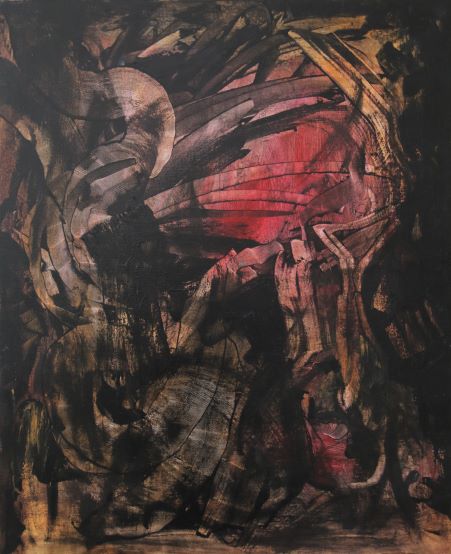
Pille Ernesaks (1966)
TEEKOND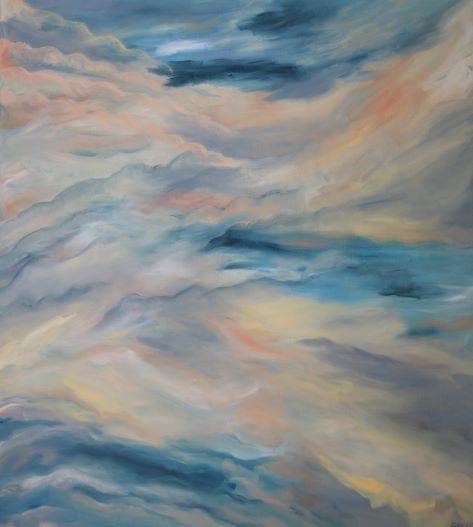
Riin Pallon (1978)
MA LUBAN SUL UNISTADA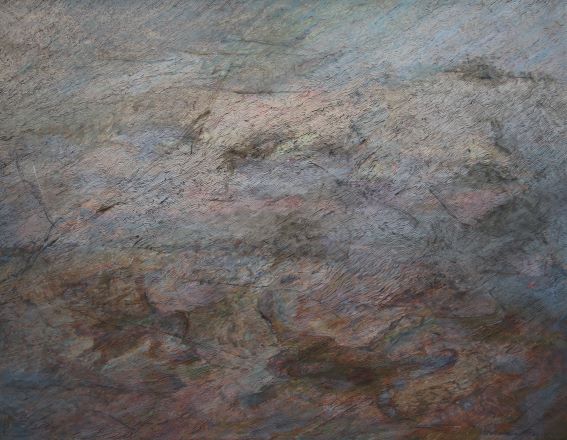
Tiiu Pallo-Vaik
KALJU MAASTIK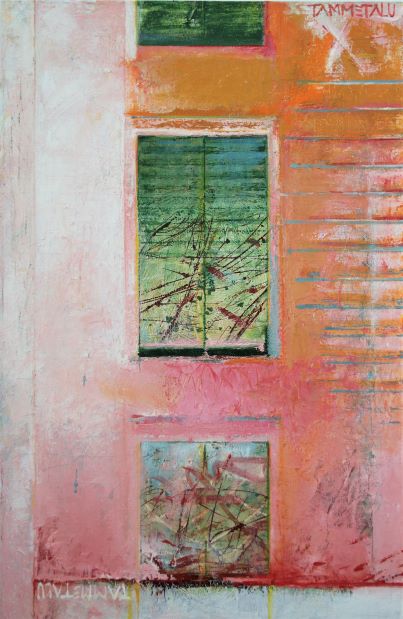
Tiina Tammetalu (1961)
ROHELISTE AKENDE LINN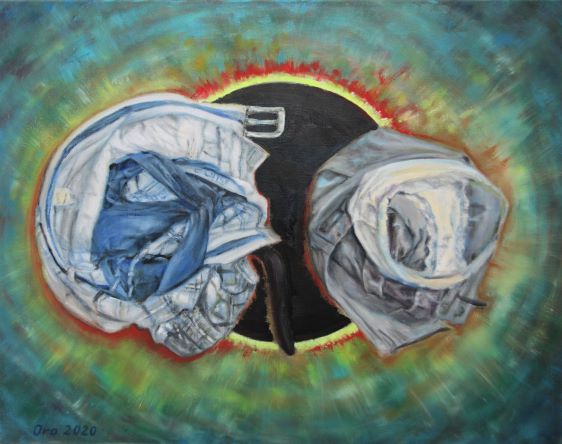
Ulvi Oro (1971)
NIMETA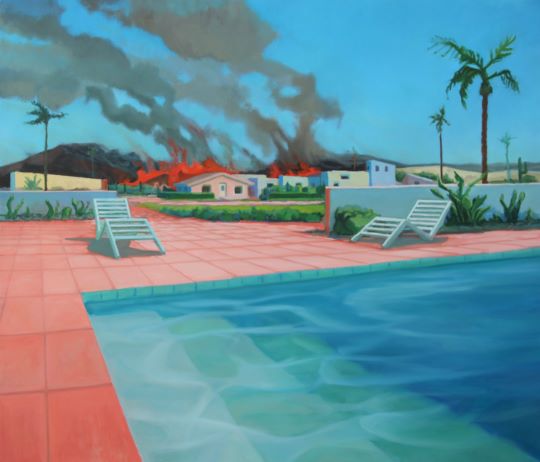
Veiko Klemmer (1985)
PÜHAPÄEV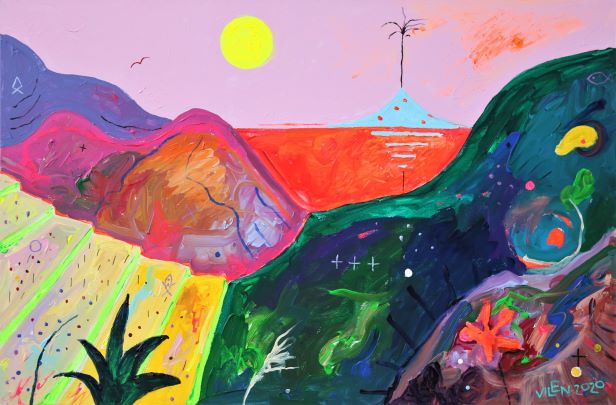
Vilen Künnapu (1948)
VULKAAN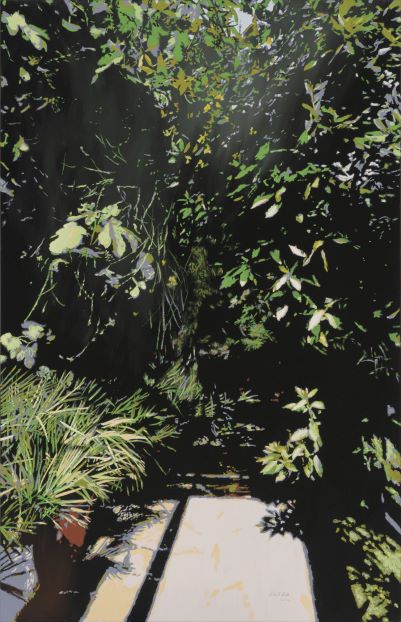
Andro Kööp (1967)
PÄIKE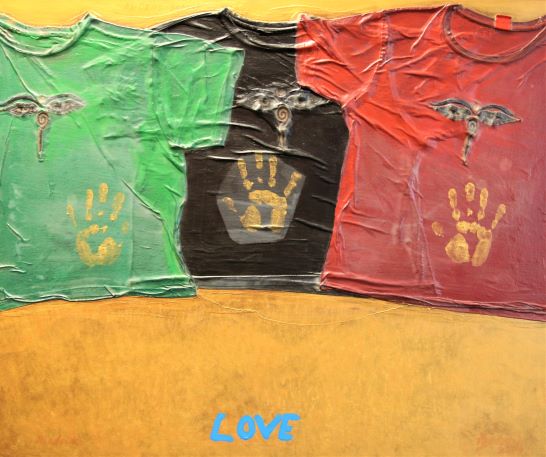
Andrus Joonas
LOVE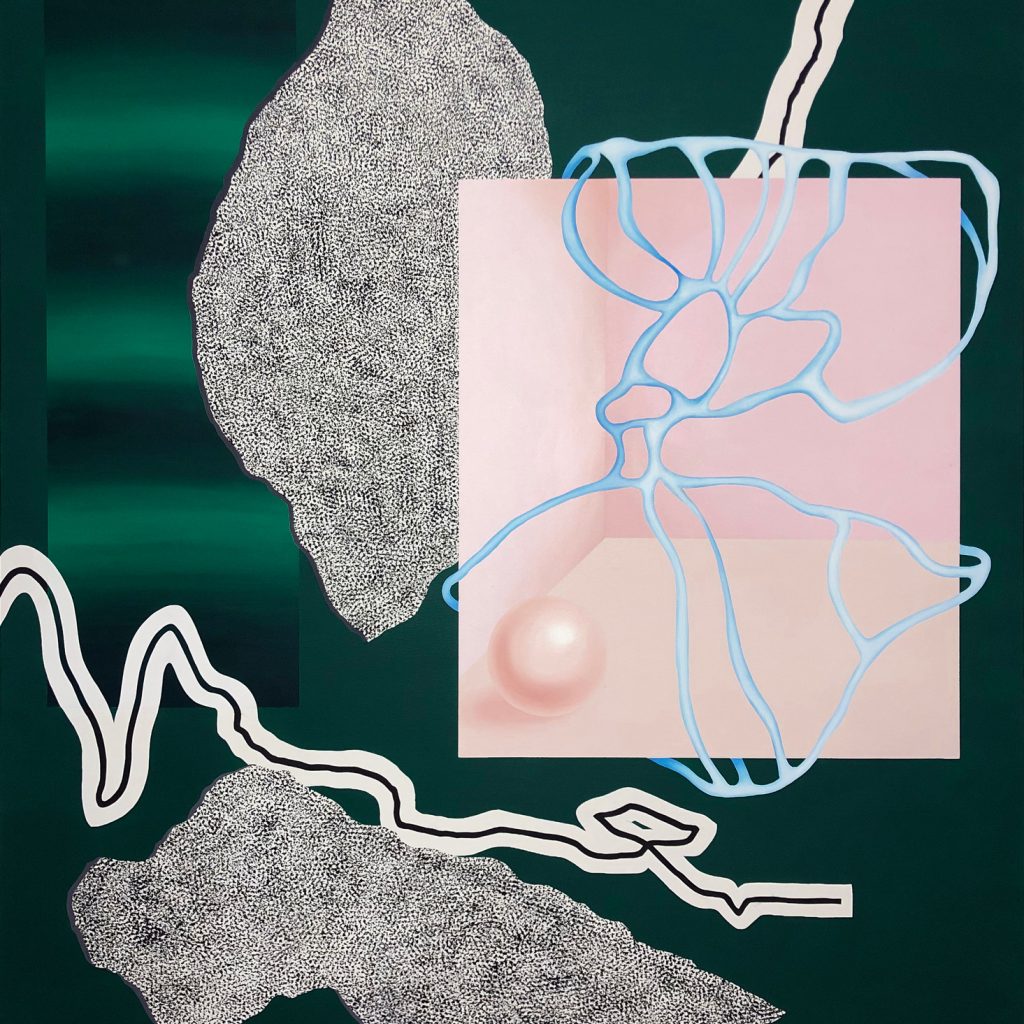
Mirjam Hinn (1990)
ANONÜÜMNE MATEERIA III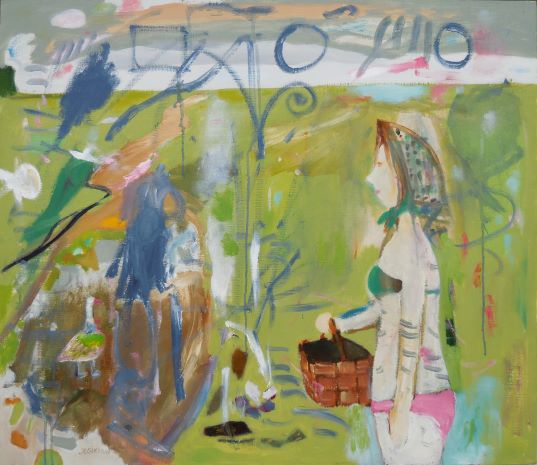
Ashot Jegikjan
(1955)
GRETA KORVIGA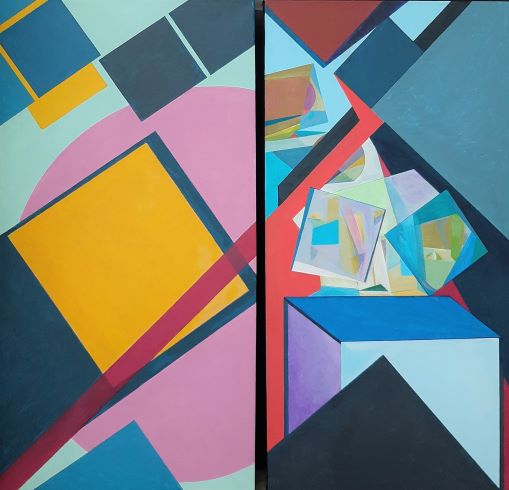
Eva Jänes (1942)
LIGI LINNADE, LIGI KÜLADE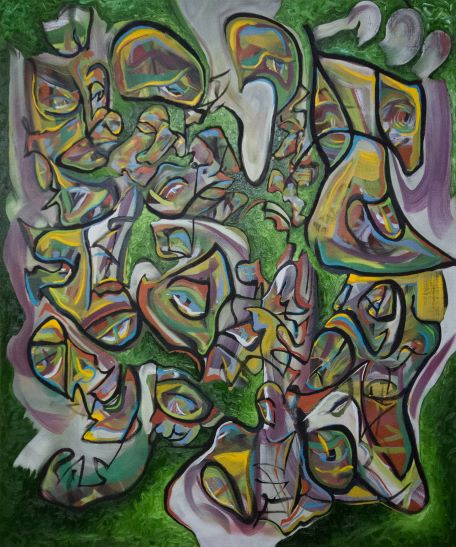
Edgar Tedresaar (1984)
KOALITSIOON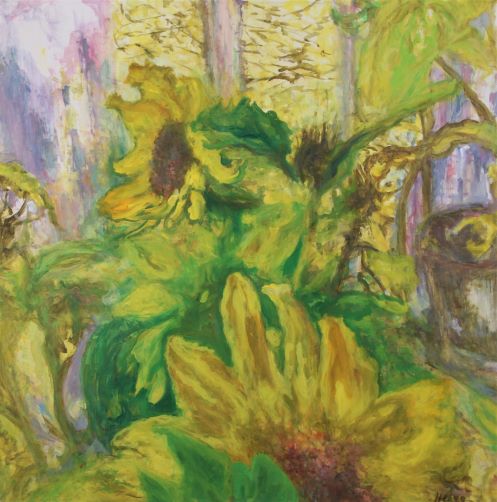
Helle Lõhmus (1962)
TATHATA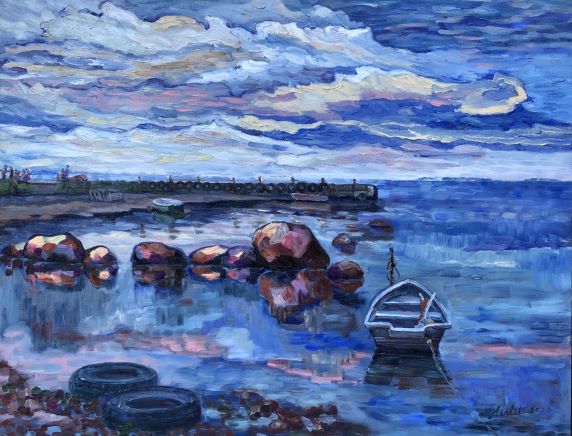
Herlet Elvisto (1971)
“AJUTINE PIND.”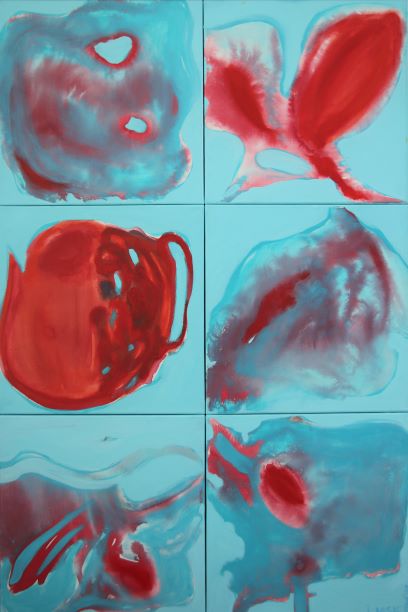
Ivika Luisk (1969)
LEND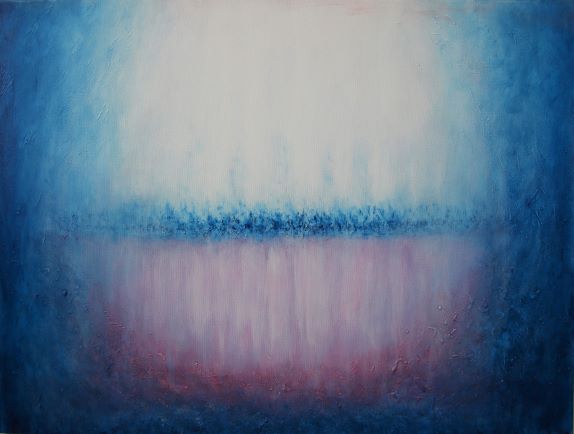
Ivi Arrak (1938)
TUNDLIK TASAKAAL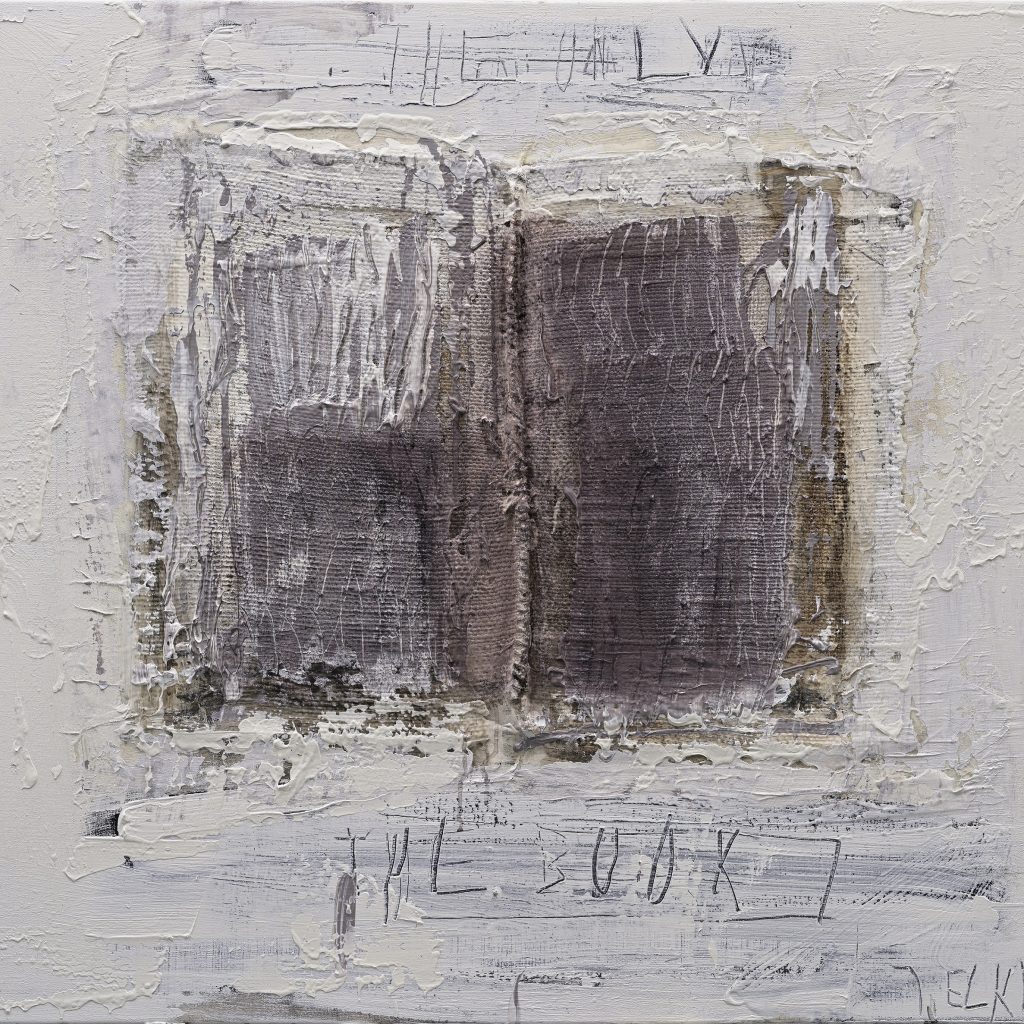
Jaan Elken (1954)
RAAMAT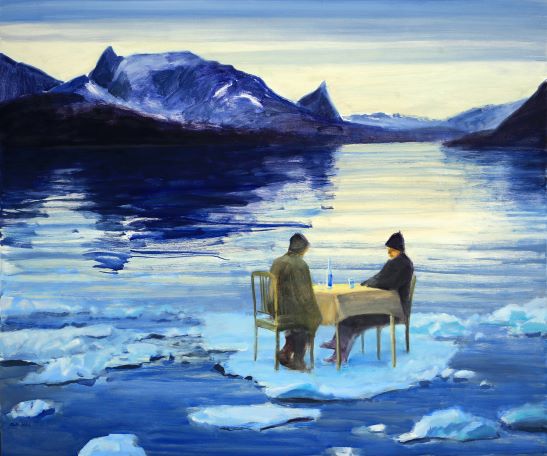
Kalli Kalde (1967)
MAAILMALÕPU KOHVIK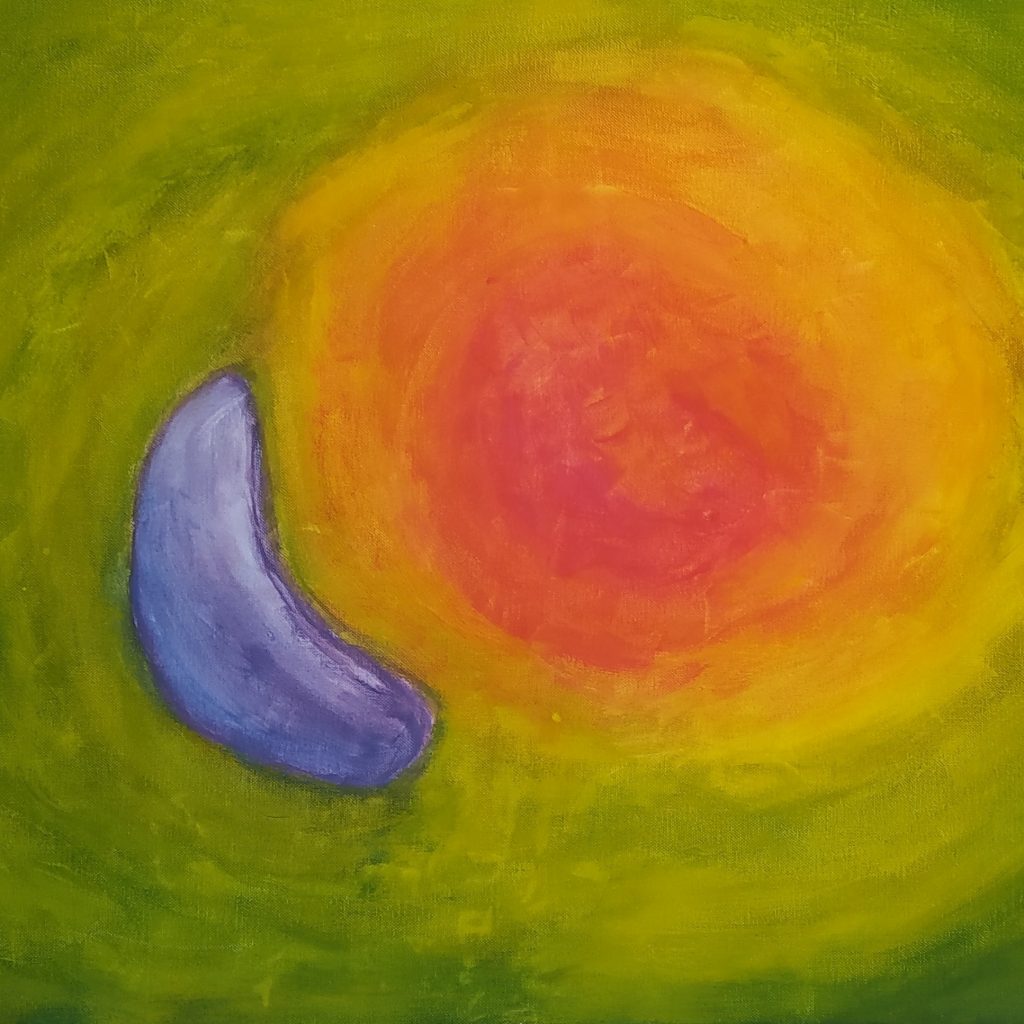
Jane Tiidelepp (1971)
KOLMKÕLA 55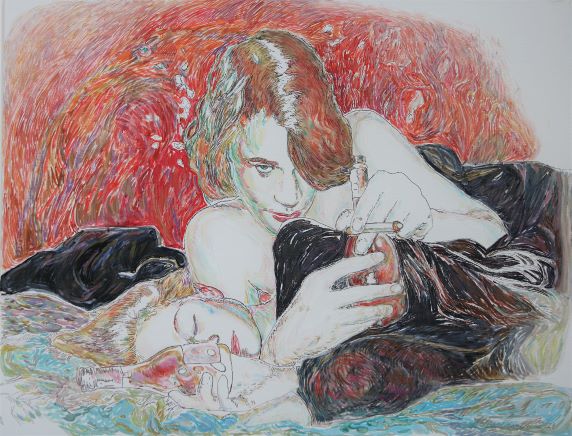
Lilian Mosolainen (1961)
AJUTINE PIND,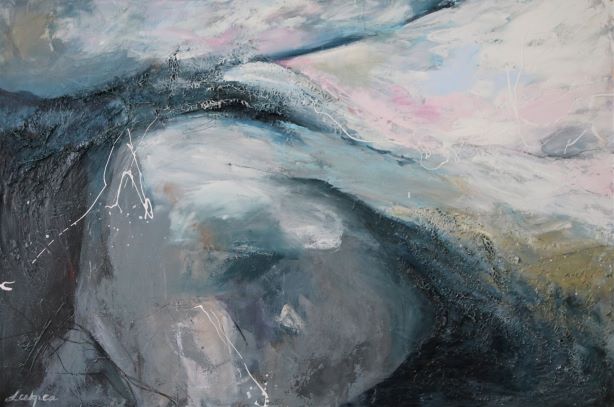
Leekpea
TÕUSULAINE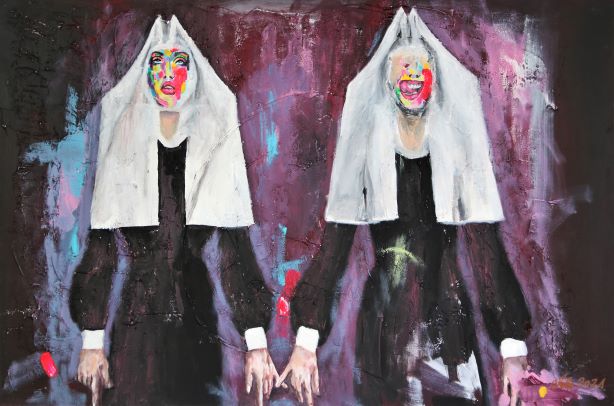
Lola Tehver (1970)
ILLUSIOON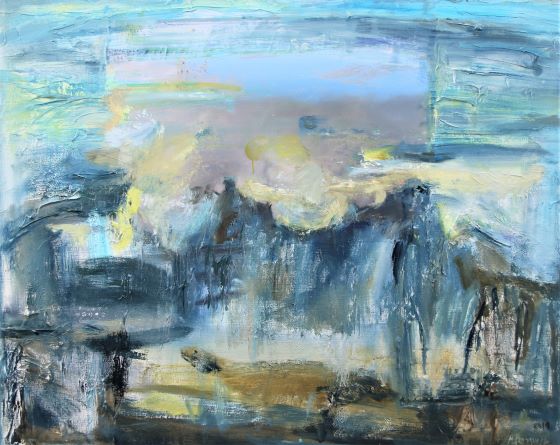
Mari Roosvalt (1945)
MINEVIK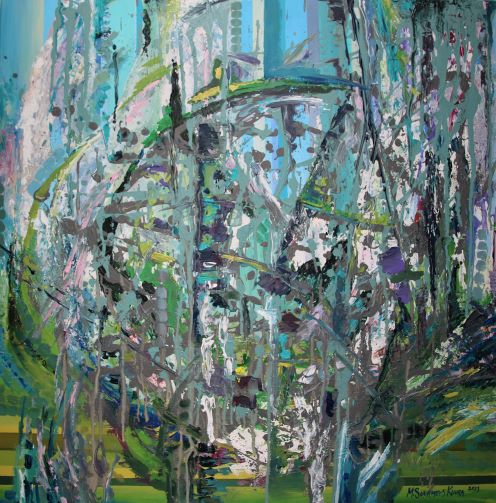
Maret Suurmets Kuura (1982)
KIBEDUS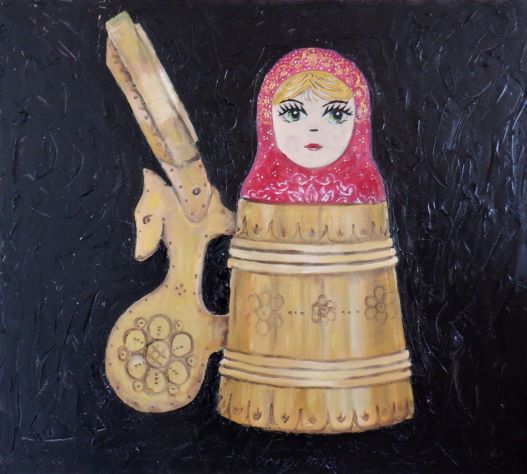
Margus Tiitsmaa (1963)
LÕIMUMINE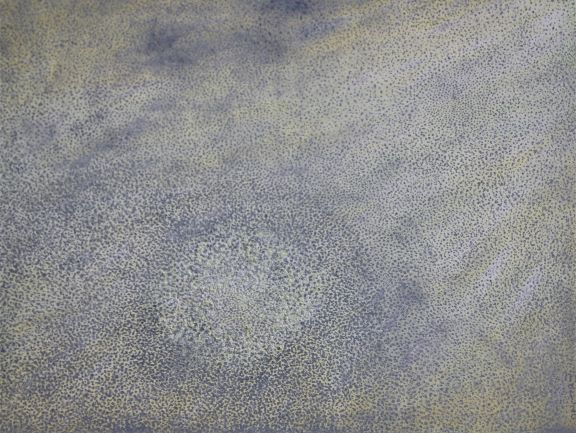
Mati Kütt
(1947)
TOLMU ÜKSINDUS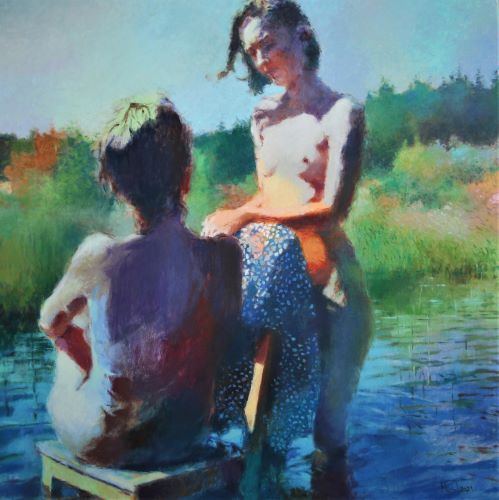
Peeter Must (1967)
AJUTISED JUTUD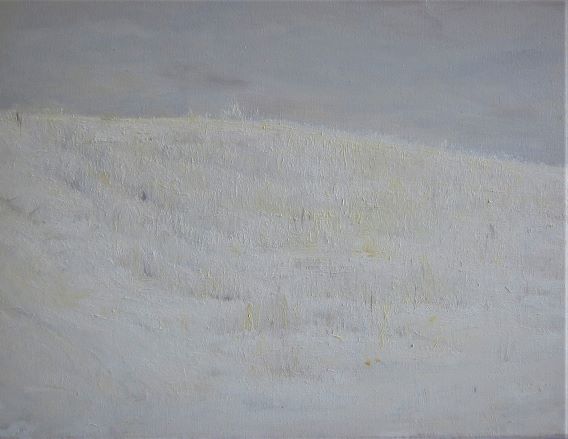
Piret Kullerkupp (1969)
TULEB, LÄHEB,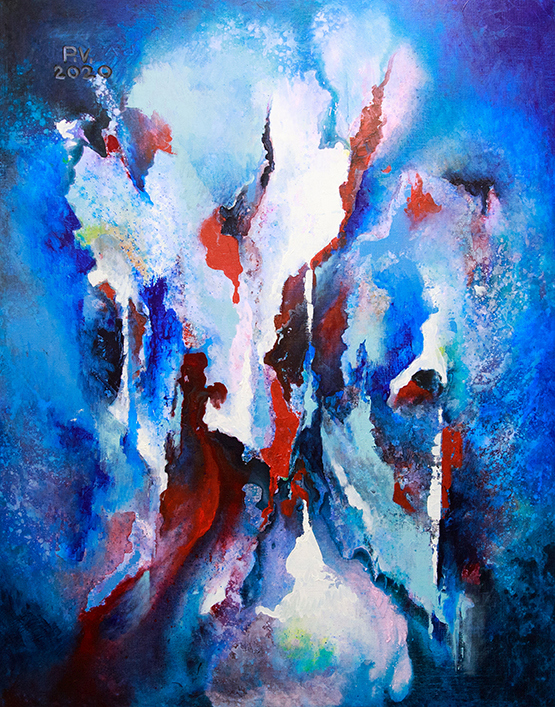
Priit Vaher (1947)
TÄNASED UUDISED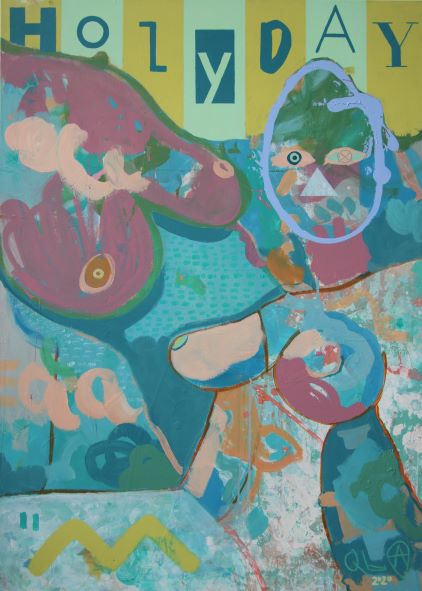
QBA / Martin Kaares (1980)
HOLYDAY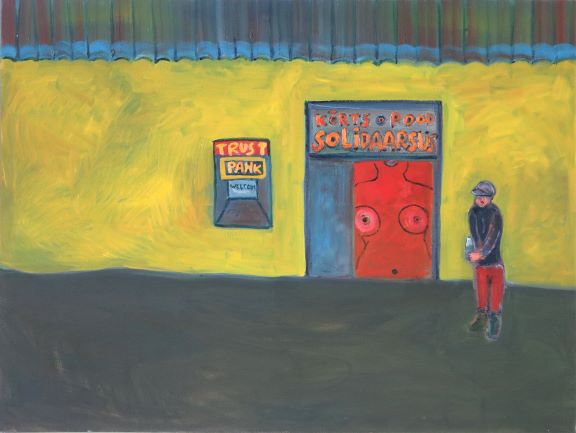
Rait Rosin (1981)
SOLIDAARSUS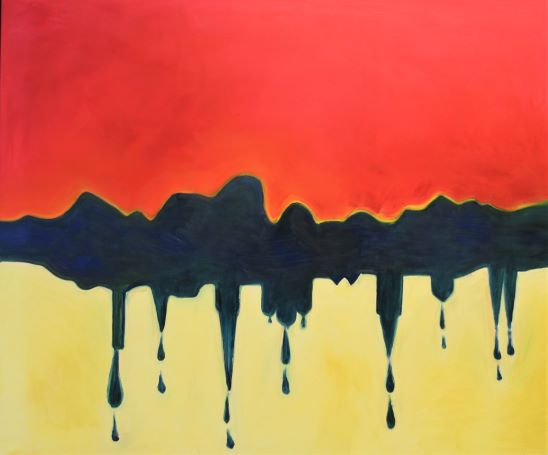
Rait Rosin (1981)
TALLINN TILGUB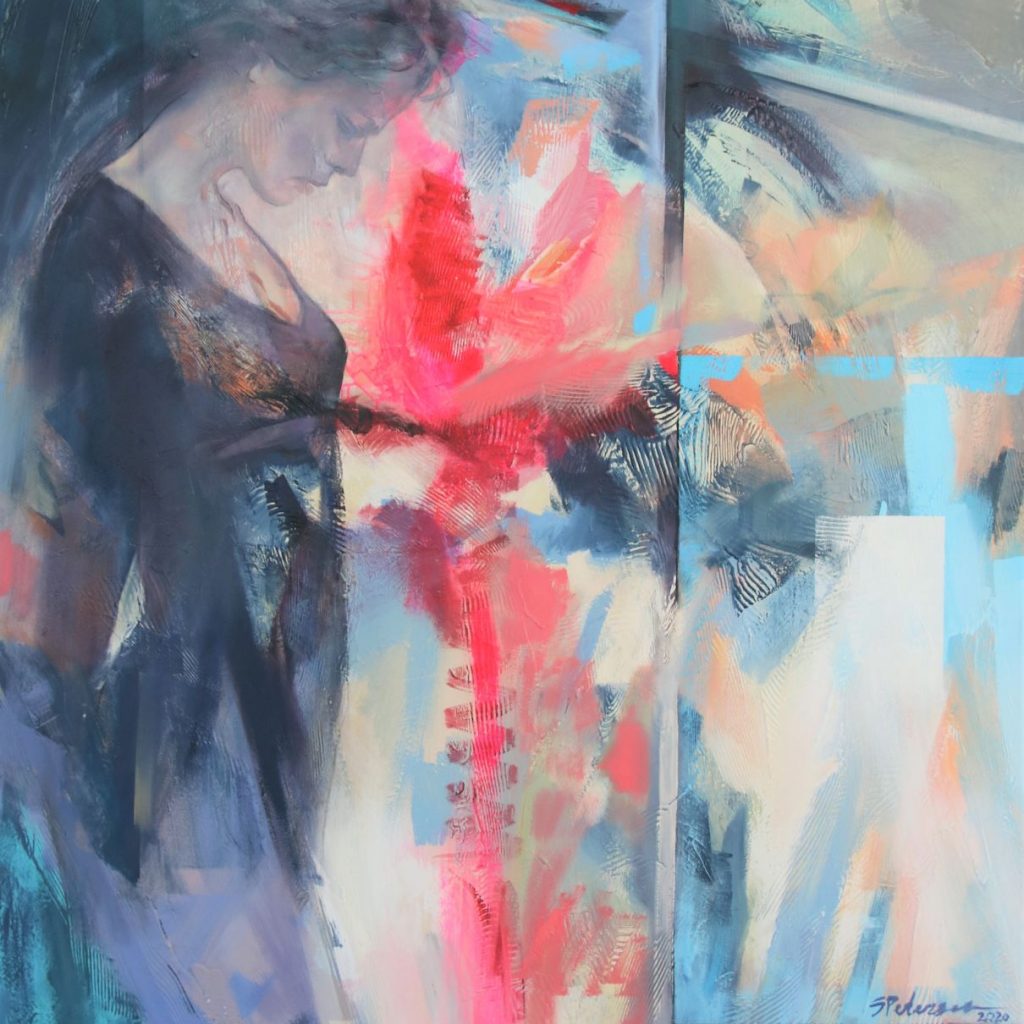
Sirje Petersen (1959)
LÄBIMINE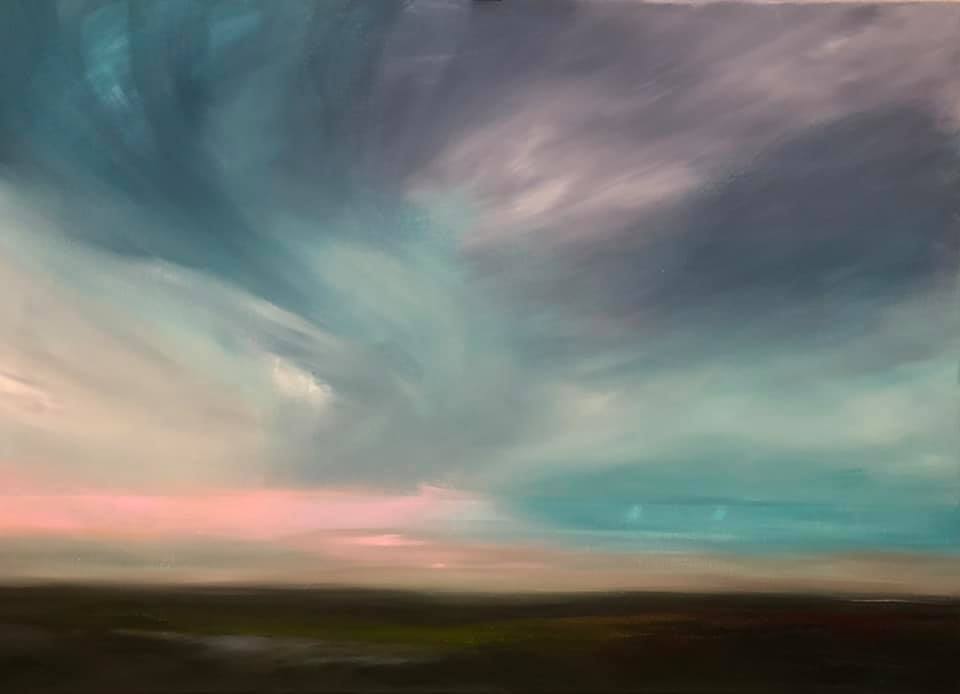
Santa Zukker (1991)
PORTAAL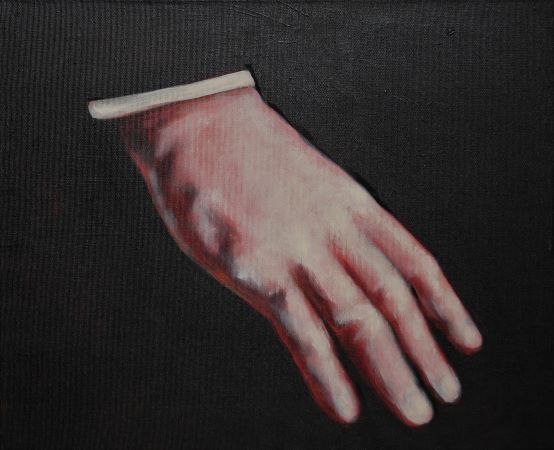
Tiiu Rebane (1970)
KÄSI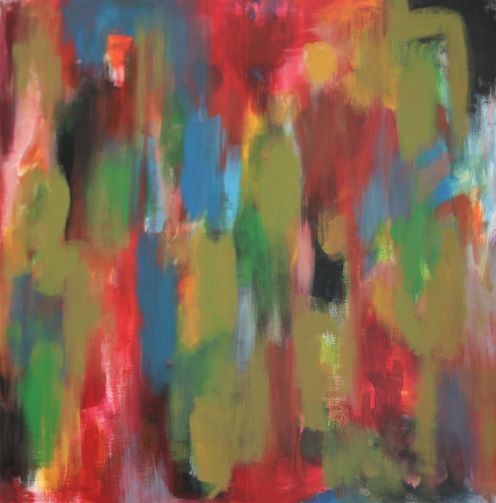
Anne-Mai Heimola (1960)
ÜKS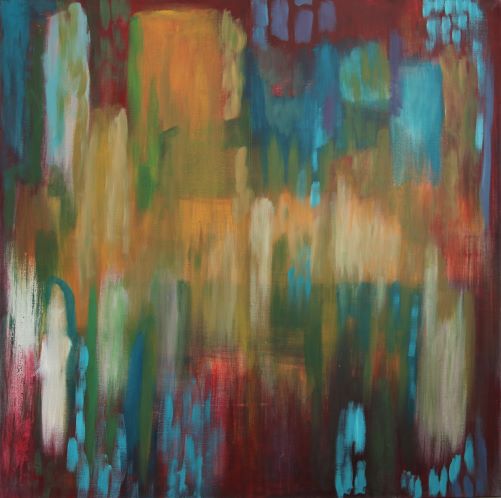
Anne-Mai Heimola (1960)
KAKS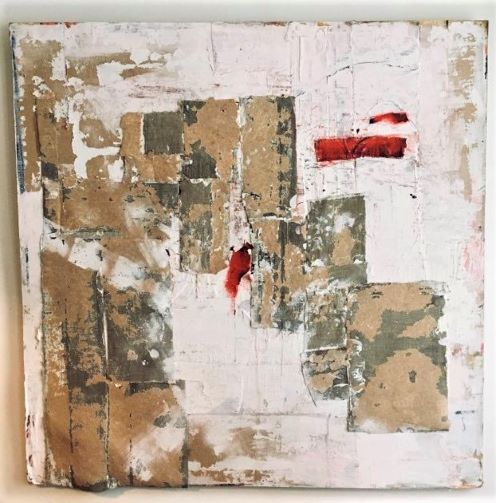
Irma Viidalepp (1975) PROTSESS 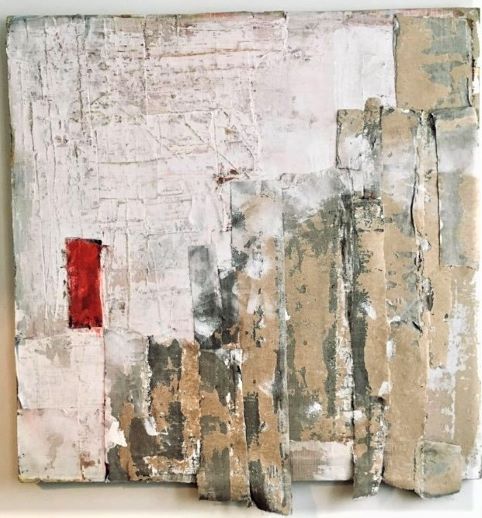
Irma Viidalepp (1975) PROGRESS 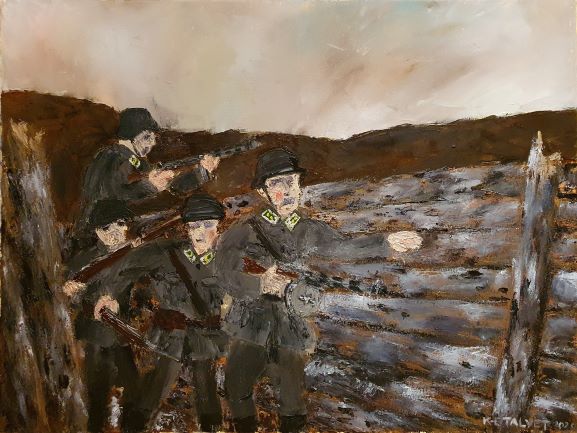
Karl-Erik Talvet (1991) LÕPPMÄNG I 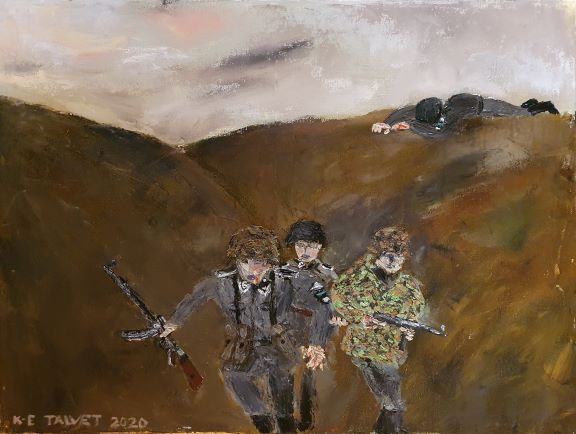
Karl-Erik Talvet (1991) LÕPPMÄNG II 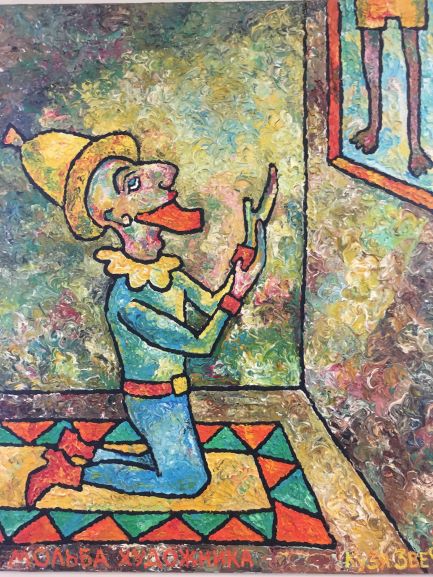
Kuzja Zverev (1961)
ANUMINE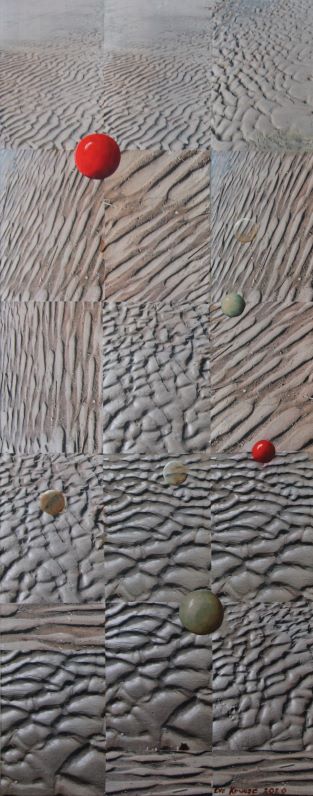
Eve Kruuse (1959) MÕÕN 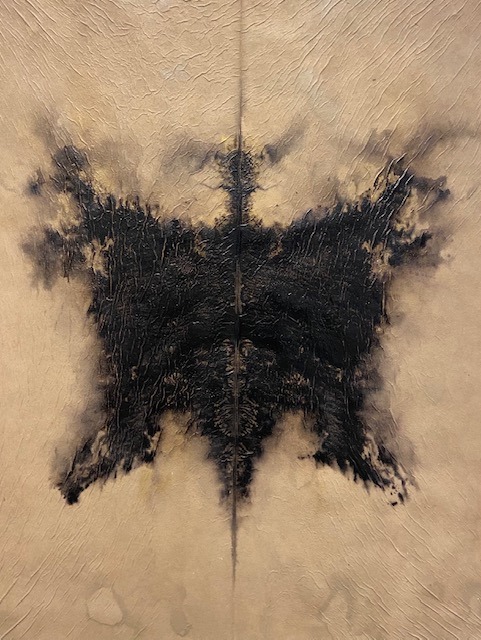
Andres Koort (1969)
LIND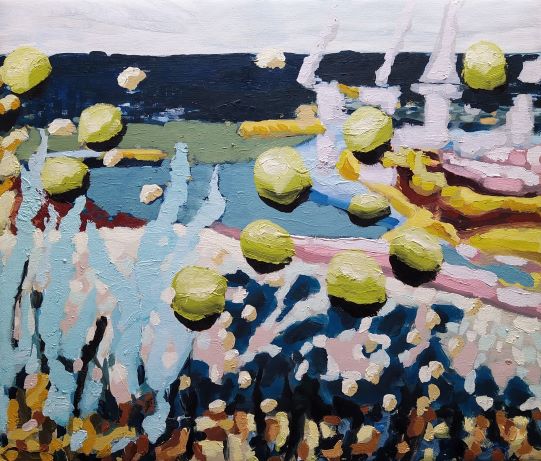
Karin Strohm (1986) EHK ON …? 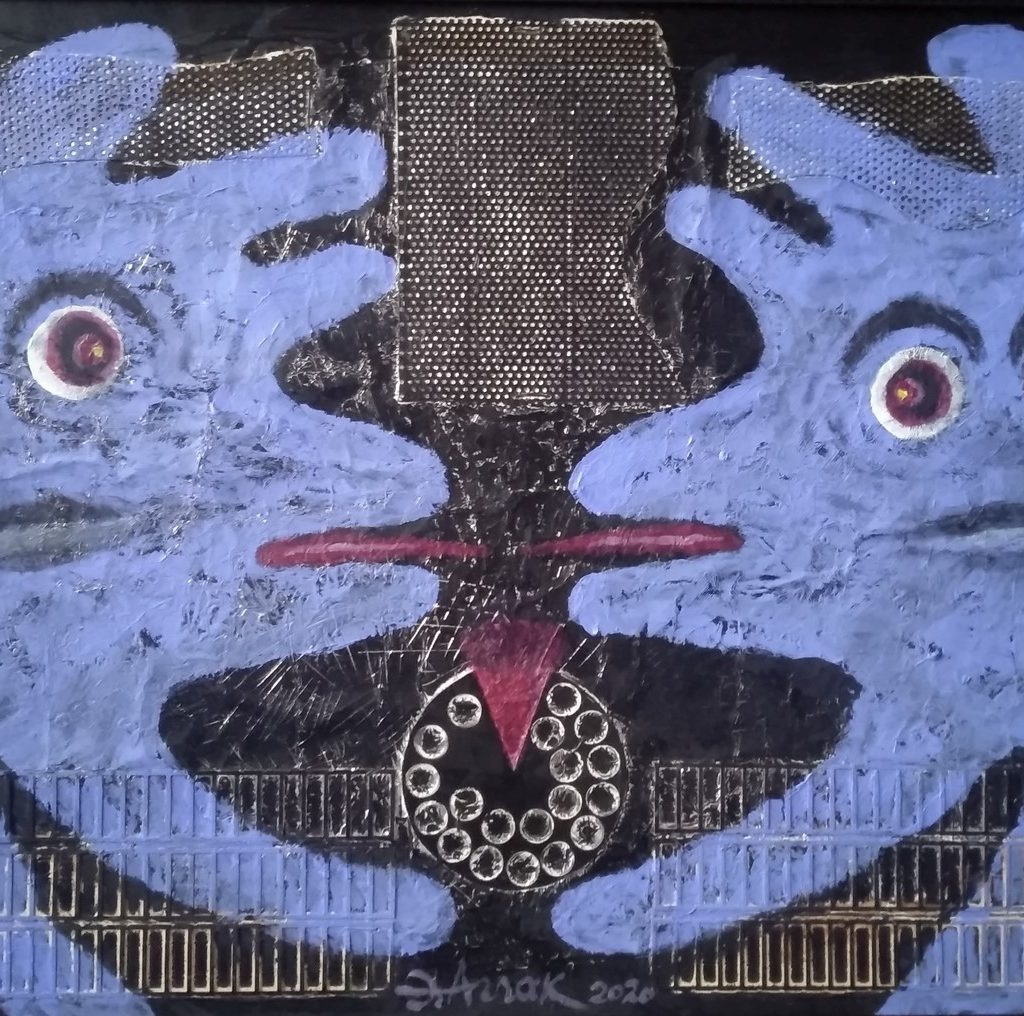
Jüri Arrak (1936)
MÄNG TEHNILISEL PINNAL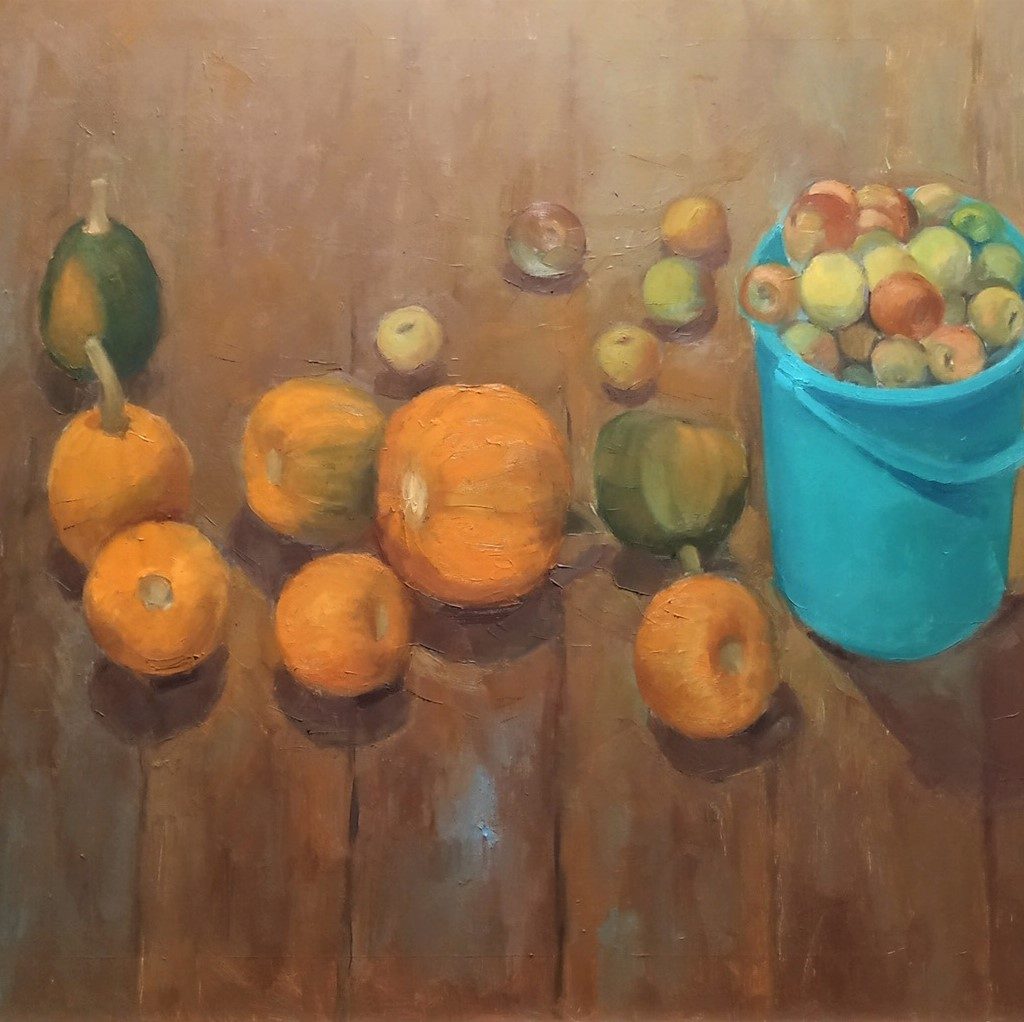
Stansilav Antipov VILJASAAK PÕRANDAPINNAL 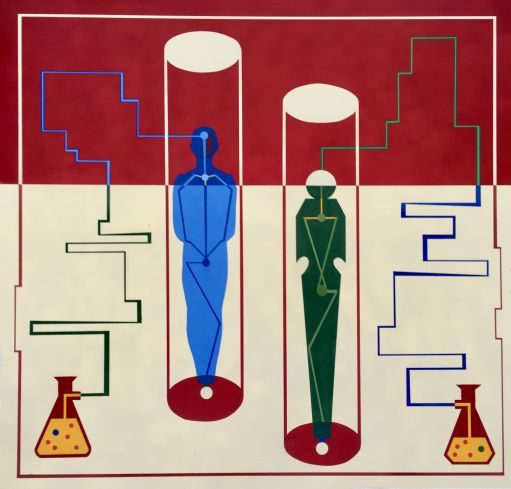
Kaur Mäepalu (1992) KATSEKLAASID I 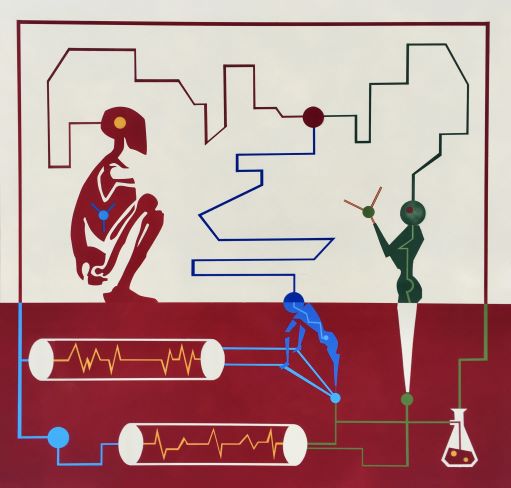
Kaur Mäepalu (1992) KATSEKLAASID II 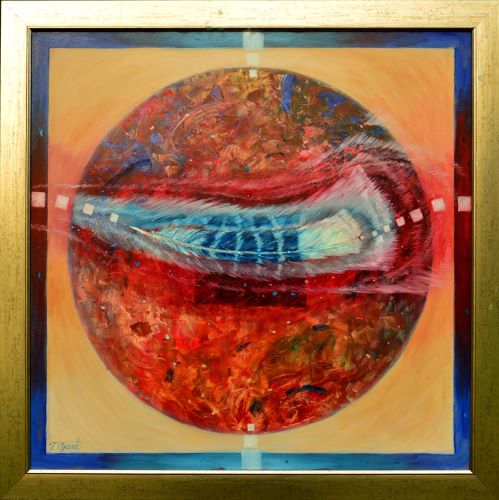
Tiina Ojaste (1961) LEND UNIVERSUMI (SILMA)PIIRILE 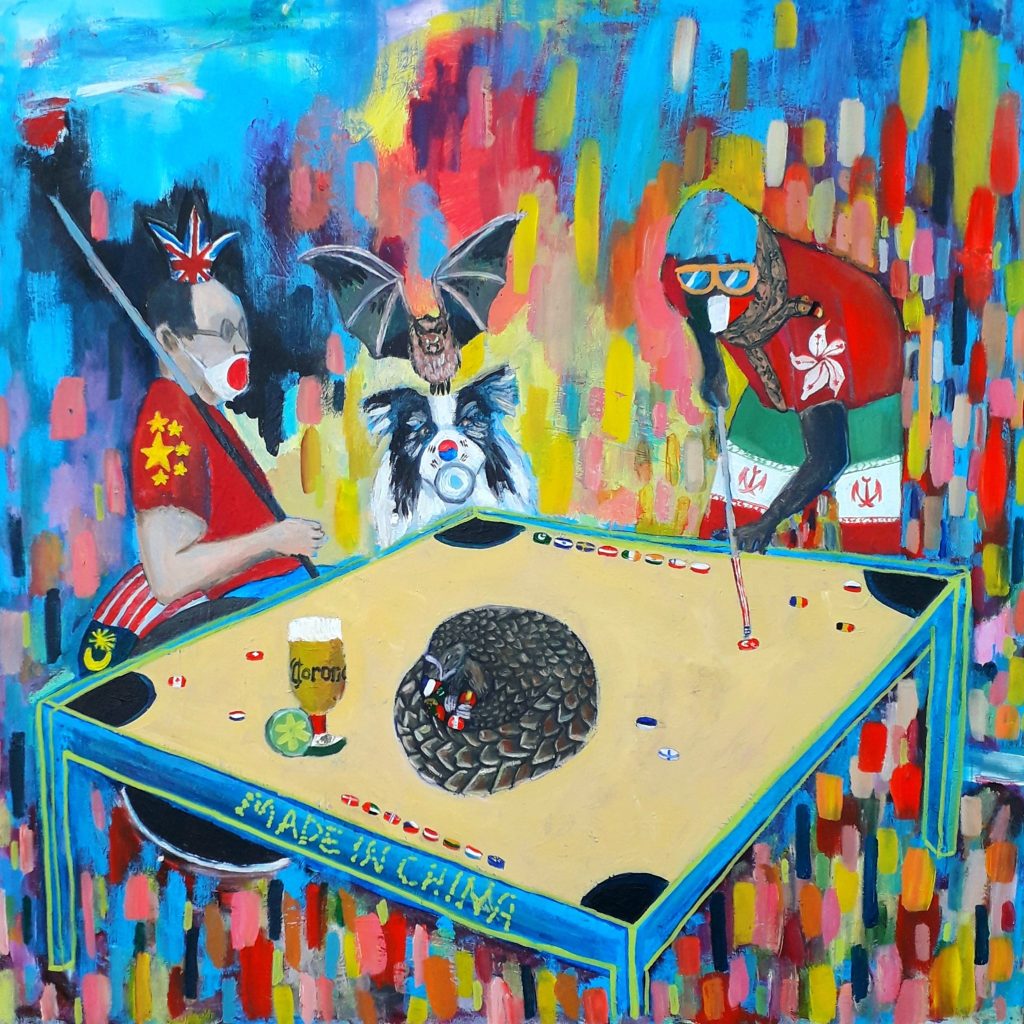
Katrin Kolk (1991) KOROONAMÄNG 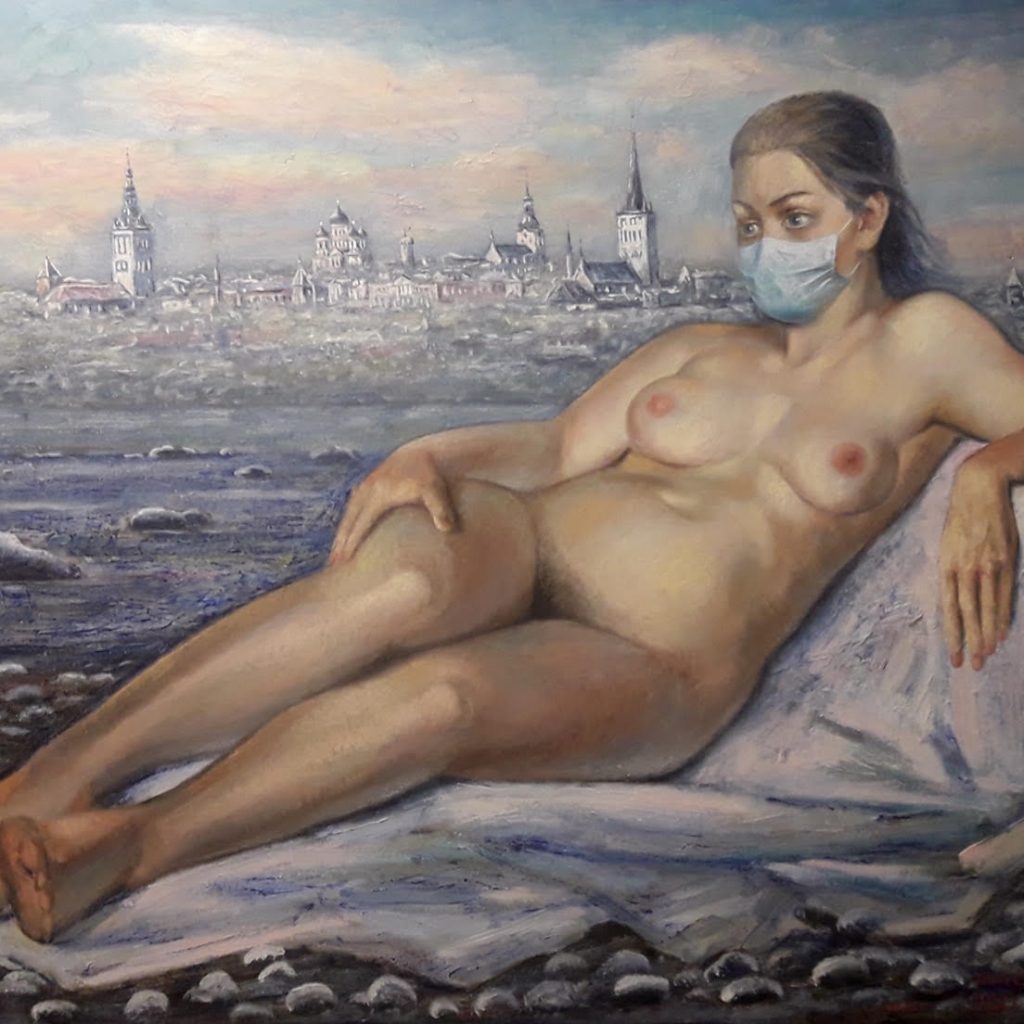
Vitali Makar (1960) MASKIGA NAINE 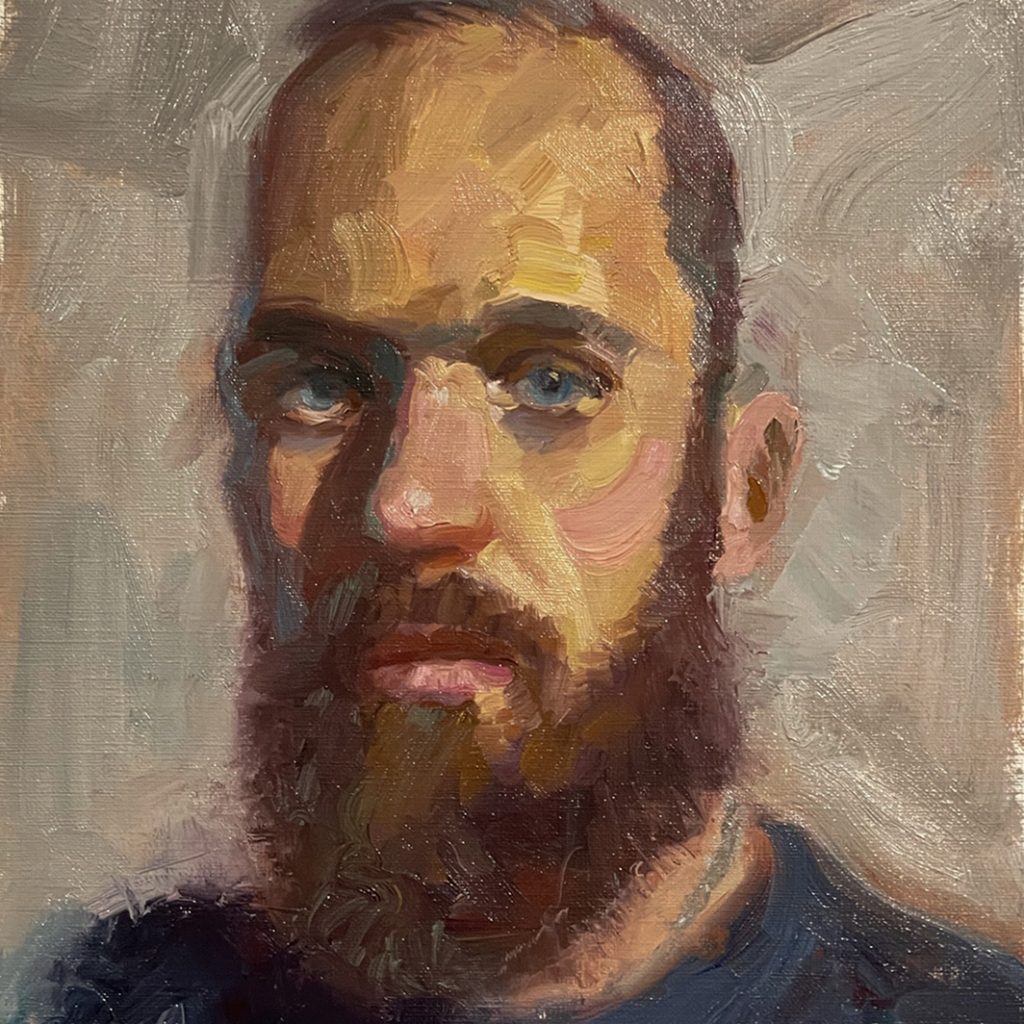
Silver Laadi (1991) AUTOPORTREE 31.12.2020 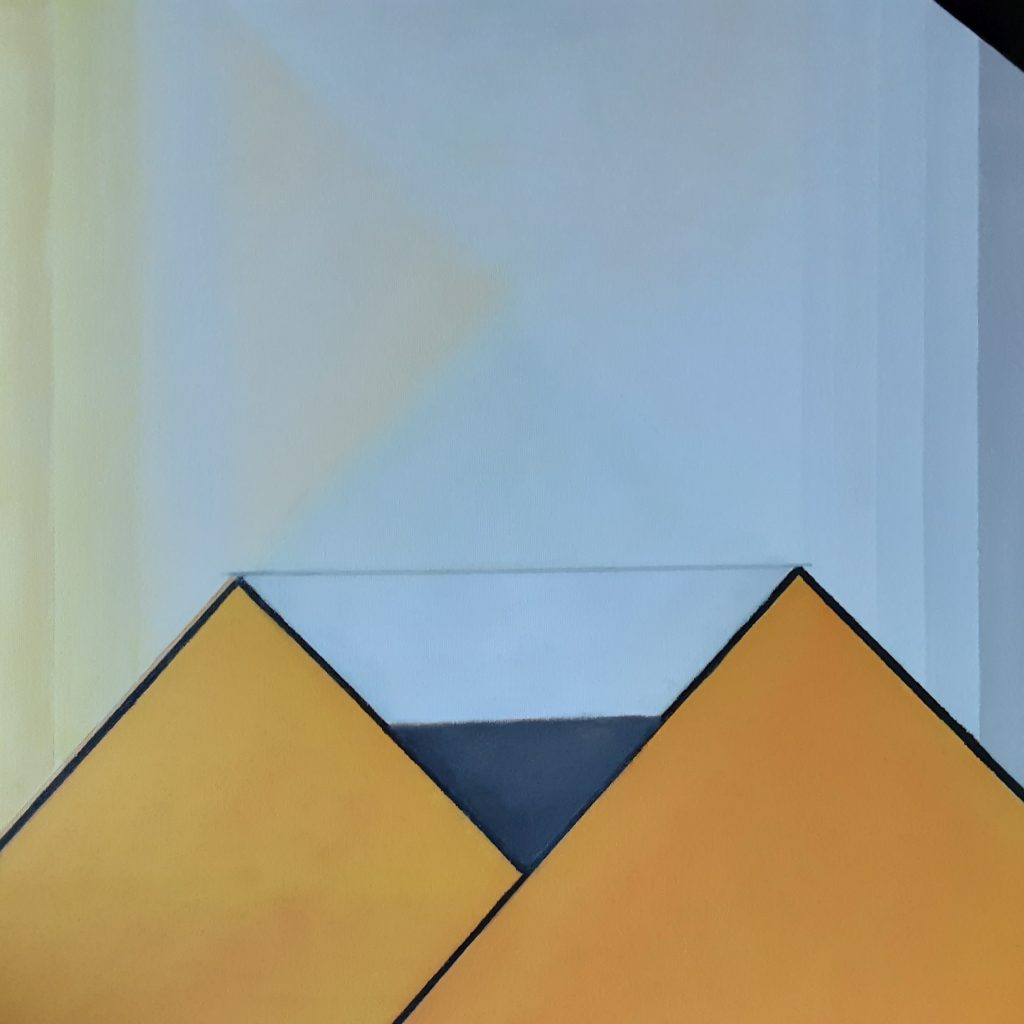
Lii Pähkel (1969) KANDEPIND 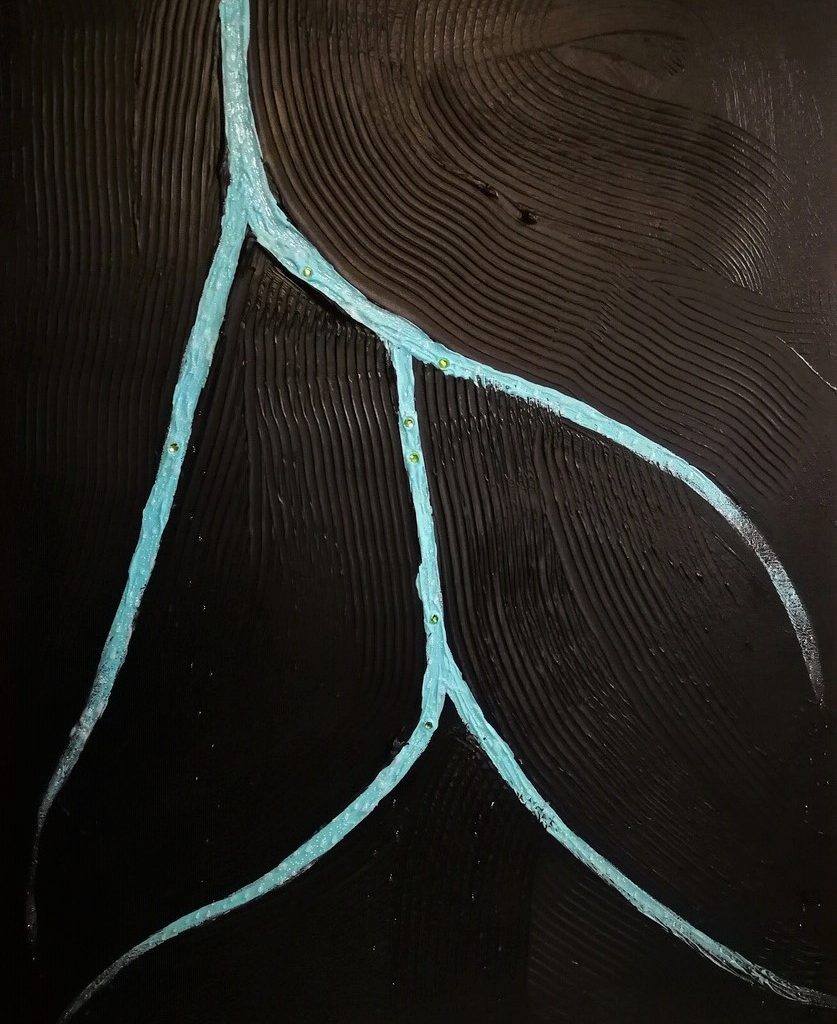
Cristell (1981)
AJUTINE SININE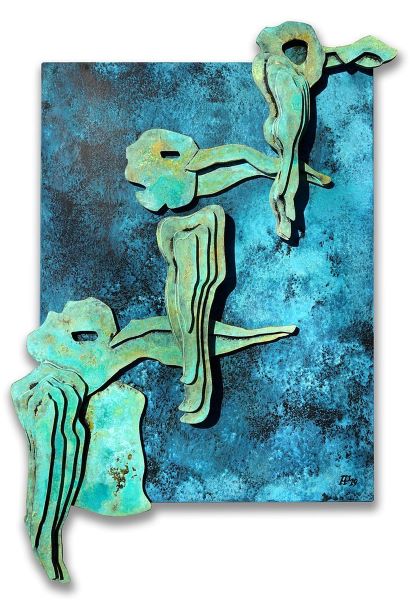
Per Willian Petersen (1955) HEAD SÕBRAD EI VAJA PUUD 
Per Willian Petersen (1955)
LIND LENDAS ÄRA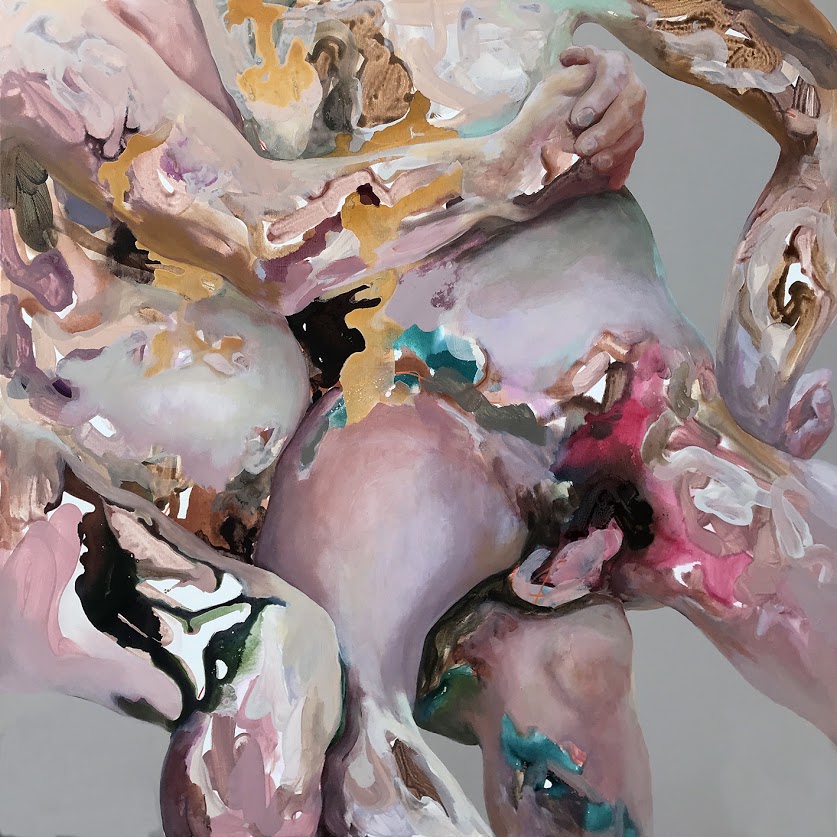
Siiri Jüris (1992)
NELJAPÄEV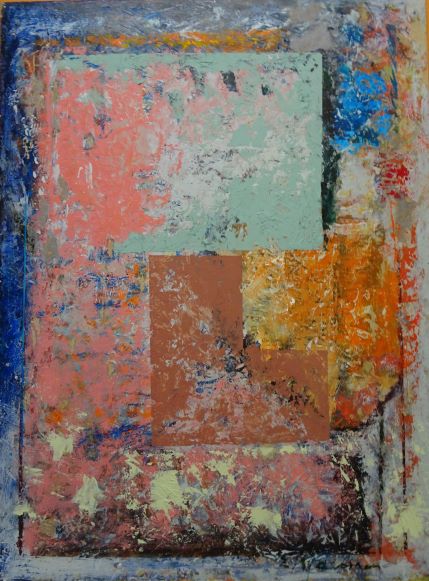
Eero Ijavoinen (1963)
PINNAD JA FRAGMENDID 20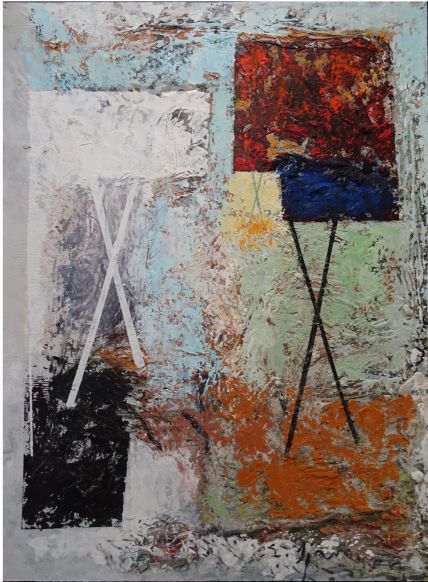
Eero Ijavoinen (1963)
PINNAD JA FRAGMENDID 21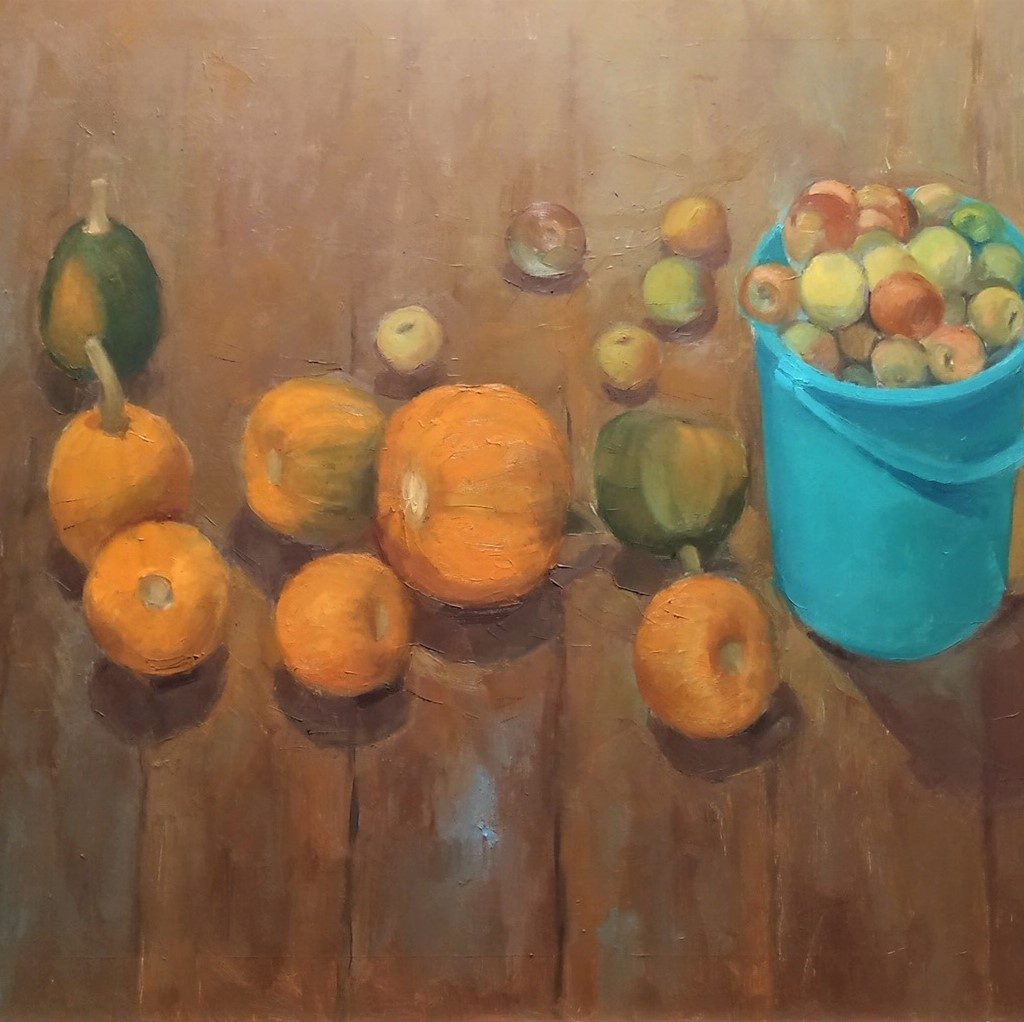
Stanislav Antipov (1976) VILJASAAK PÕRANDAPINNAL 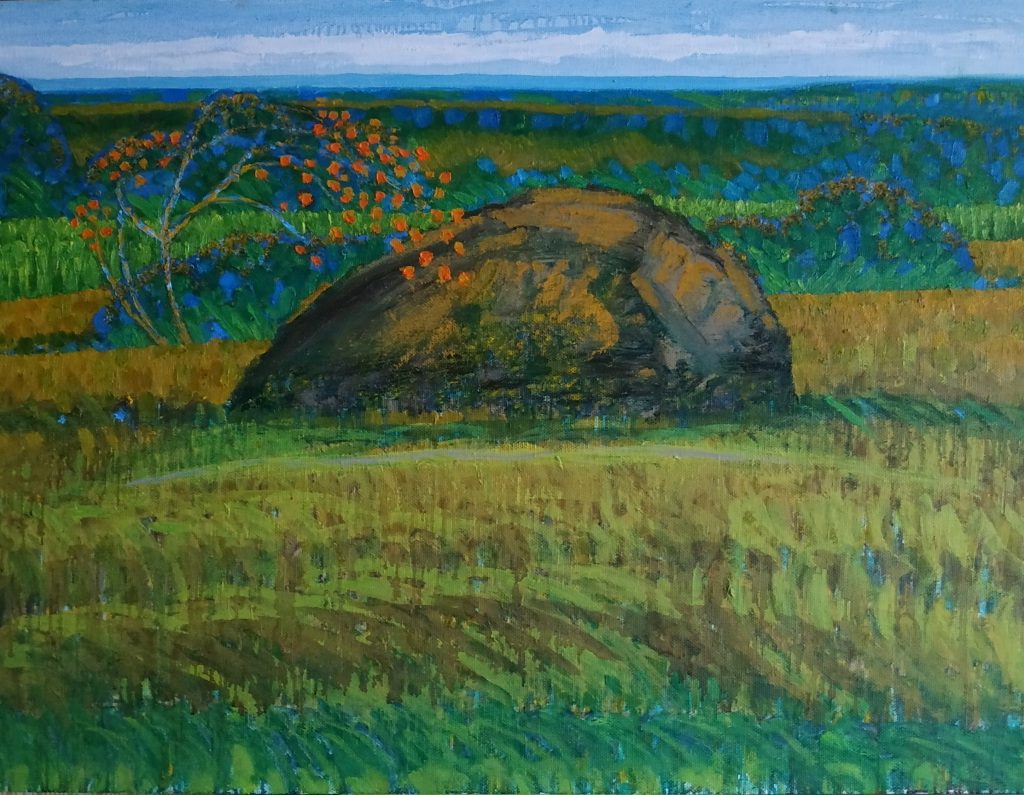
Anatoli Umerenkov (1936)
KIVI MAAPINNAL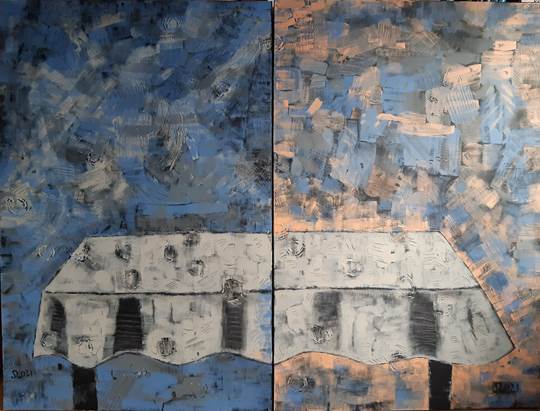
Silvi Lepparu (1962)
NELJAPÄEV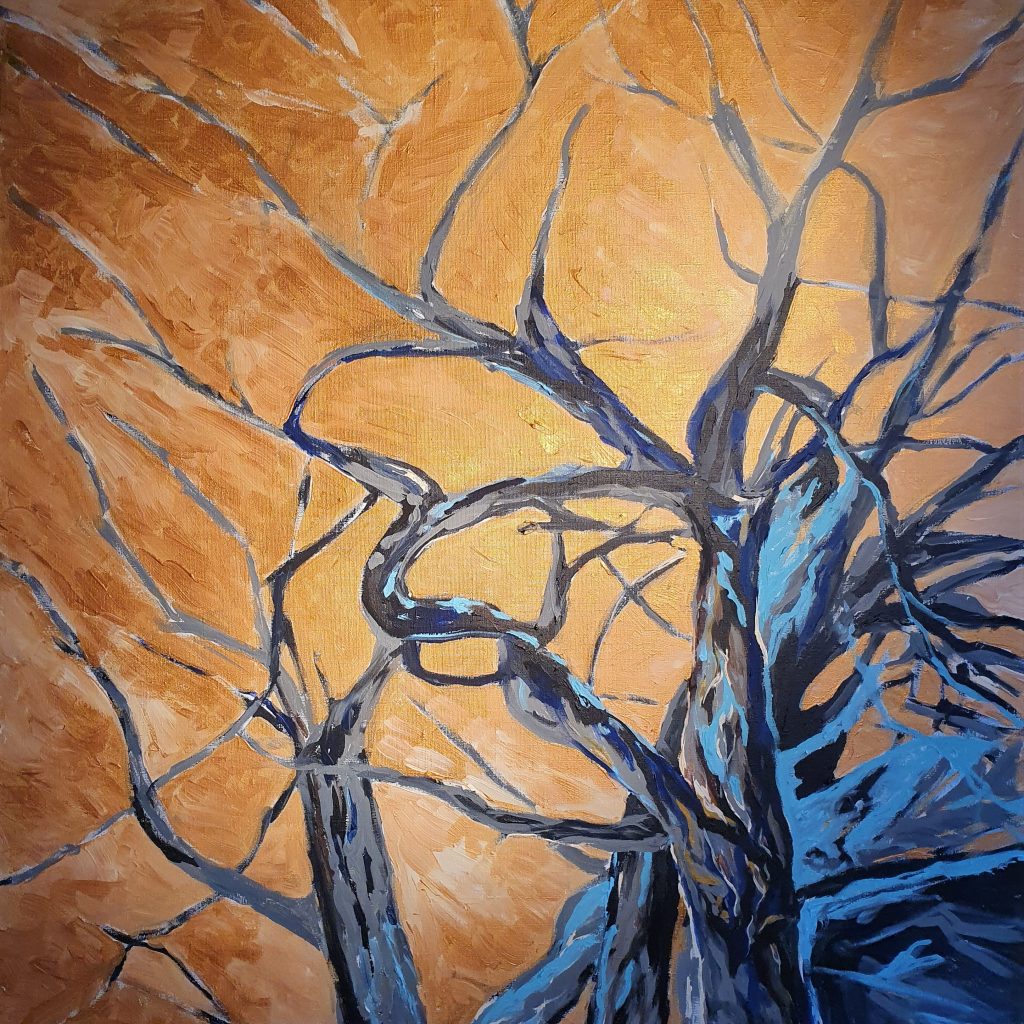
Ly Kaalma (1972) VABANEMINE 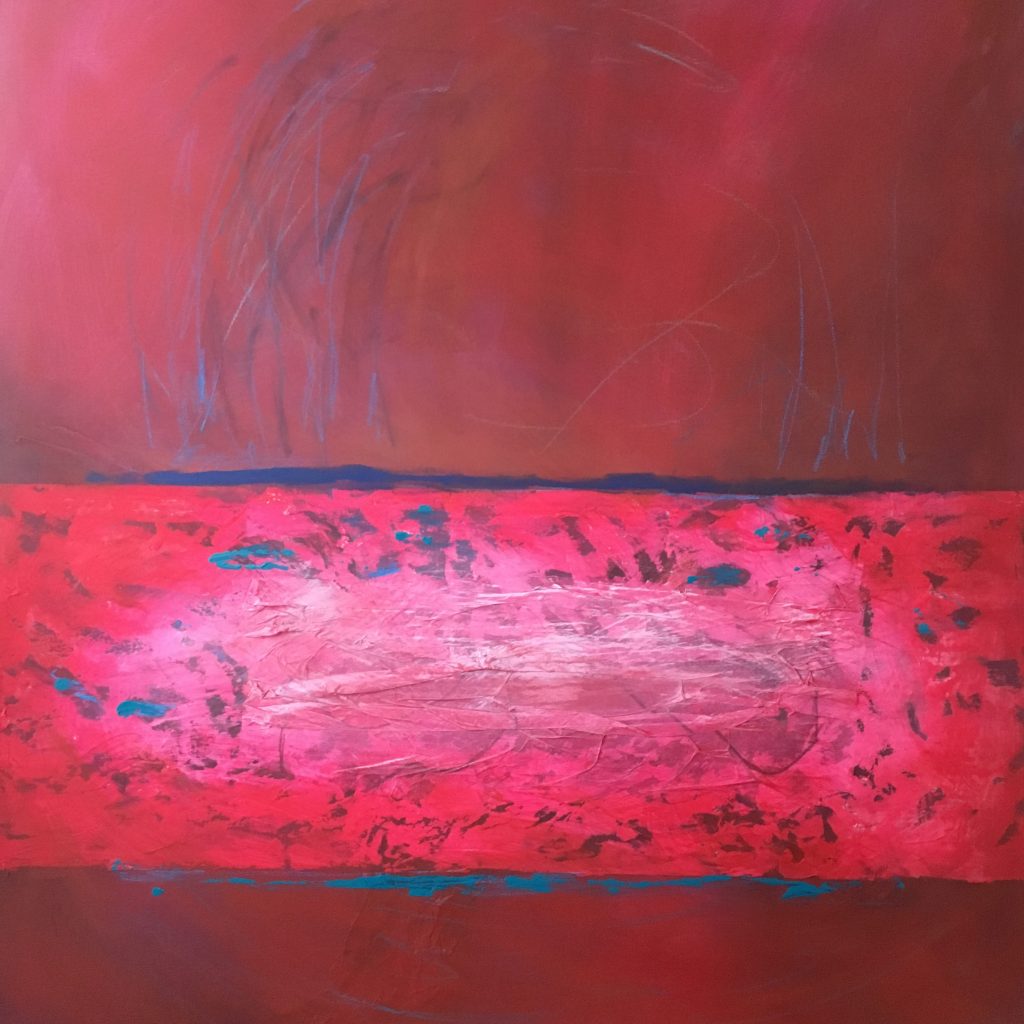
Heli Tuksam (1956) PUNANE RUUM 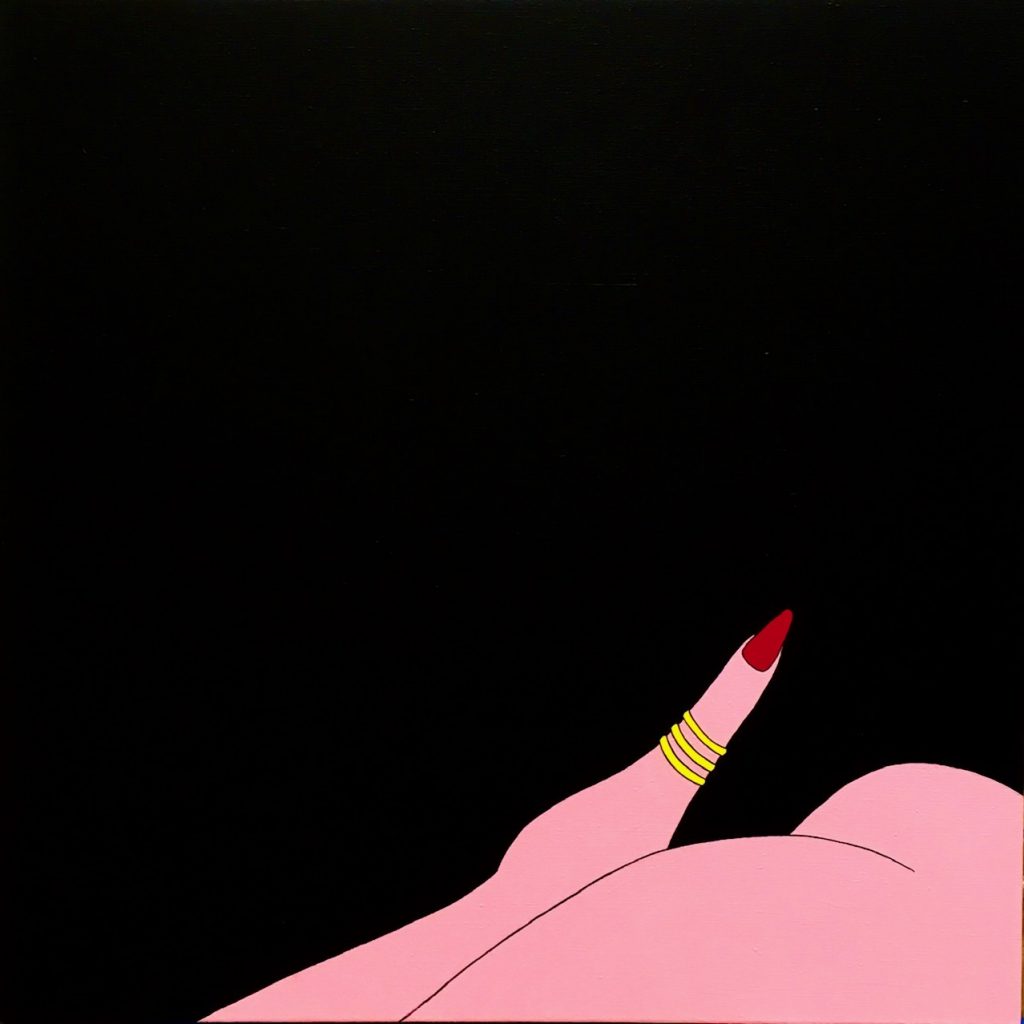
Marko Mäetamm (1965)
seeria ADULTS ONLY 9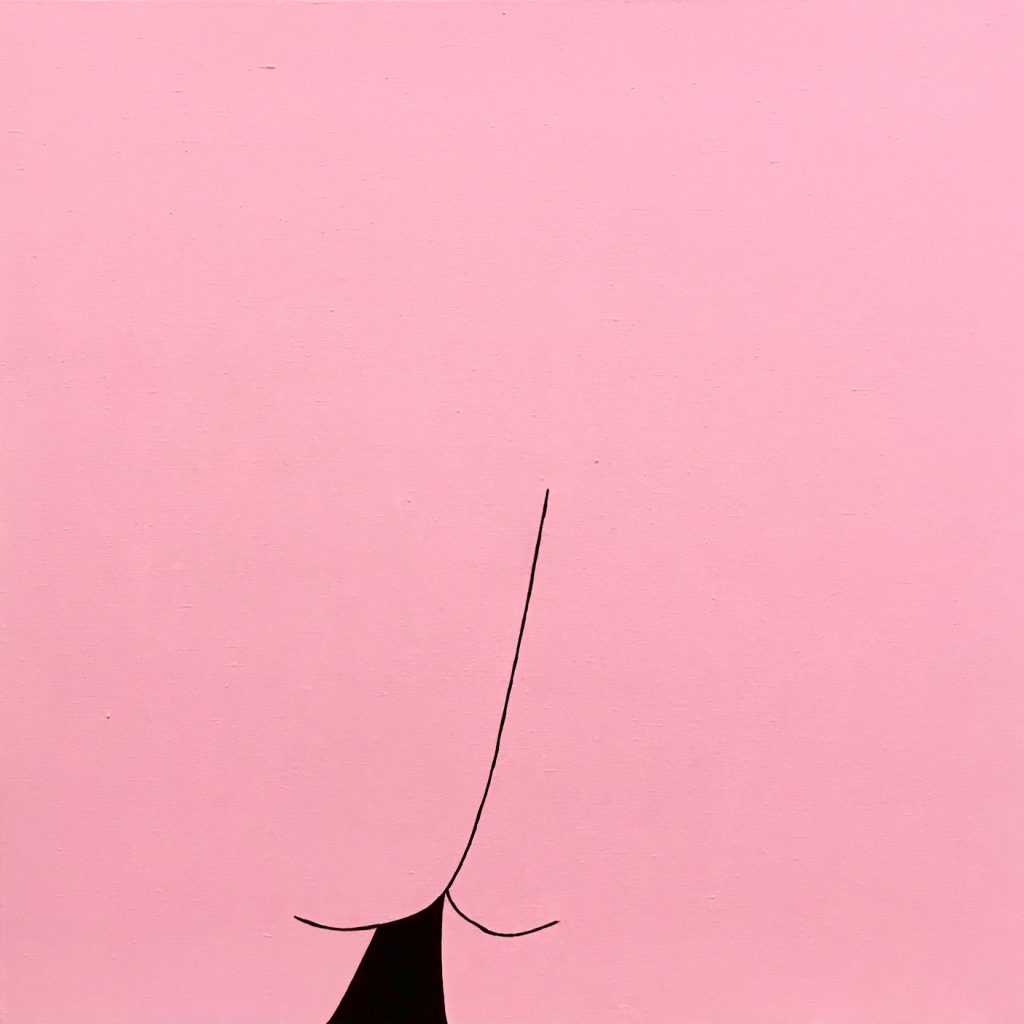
Marko Mäetamm (1965)
seeria ADULTS ONLY 12
About the exhibition in the media:
SIRP, 14.05.2021
LETTERS FROM THE NUUSTAKU
Eesti Päevaleht, 10.05.2021
https://epl.delfi.ee/artikkel/93374815/ajutine-pind-pole-midagi-pusivamat-kui-ajutised-nahtused
ERR, 26.02.2021
ERR, 23.02.2021
PÄRNU POSTIMEES, 20.02.2021
SIRP, 19.02.2021

